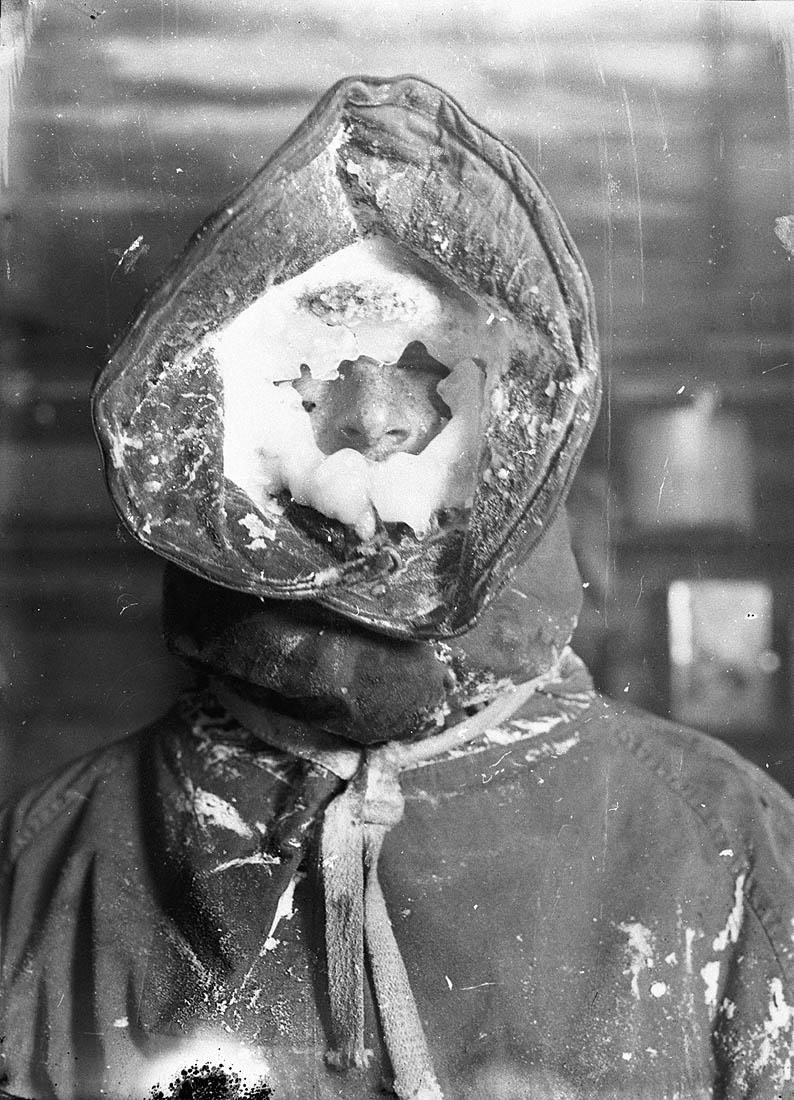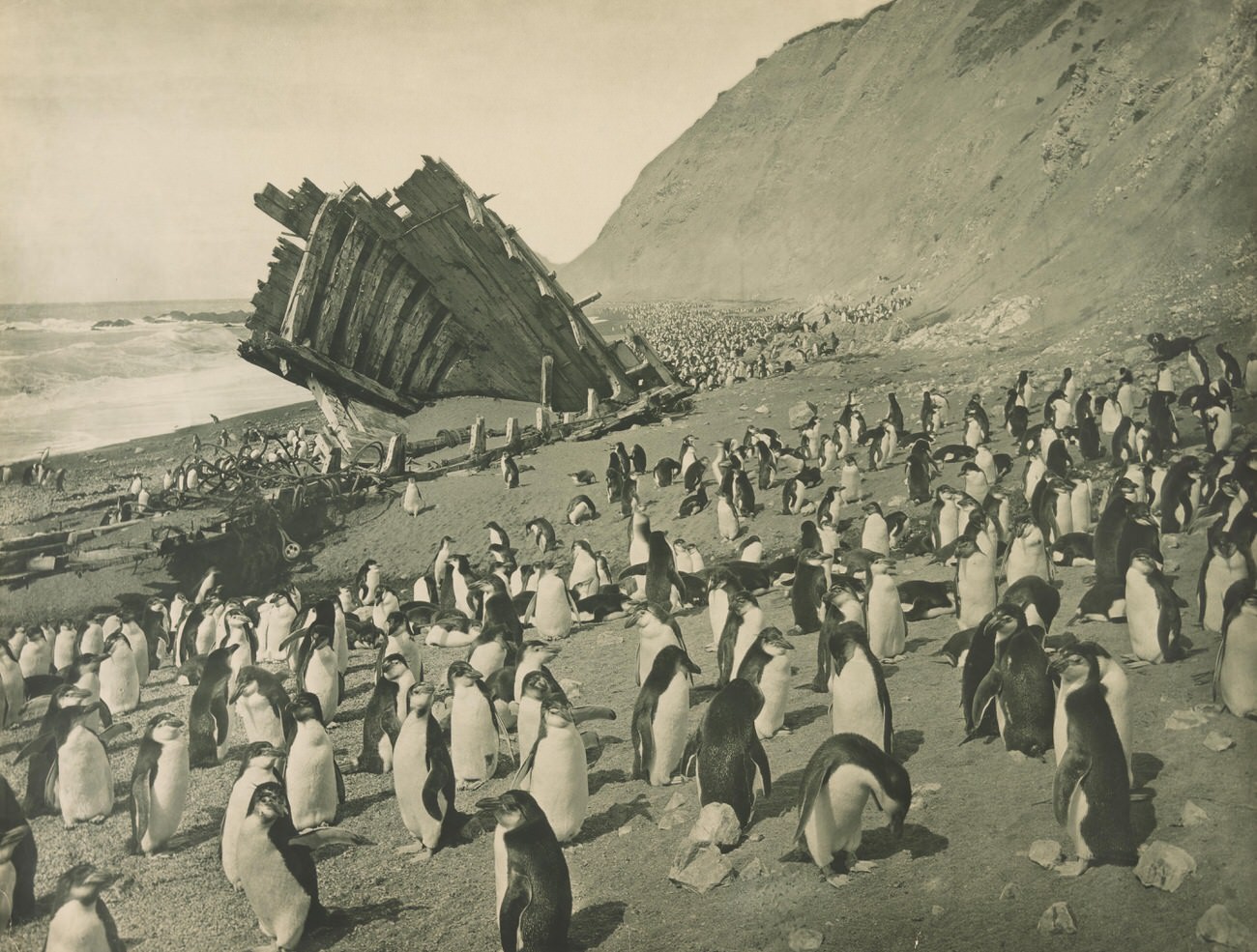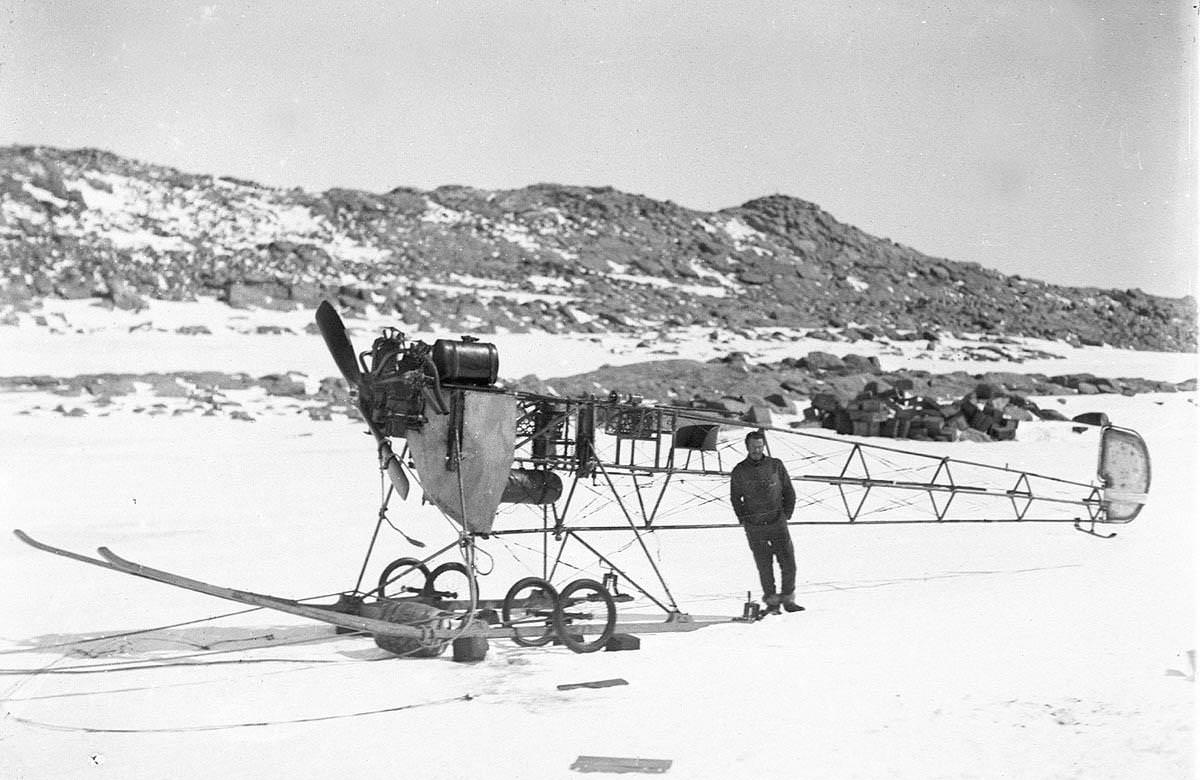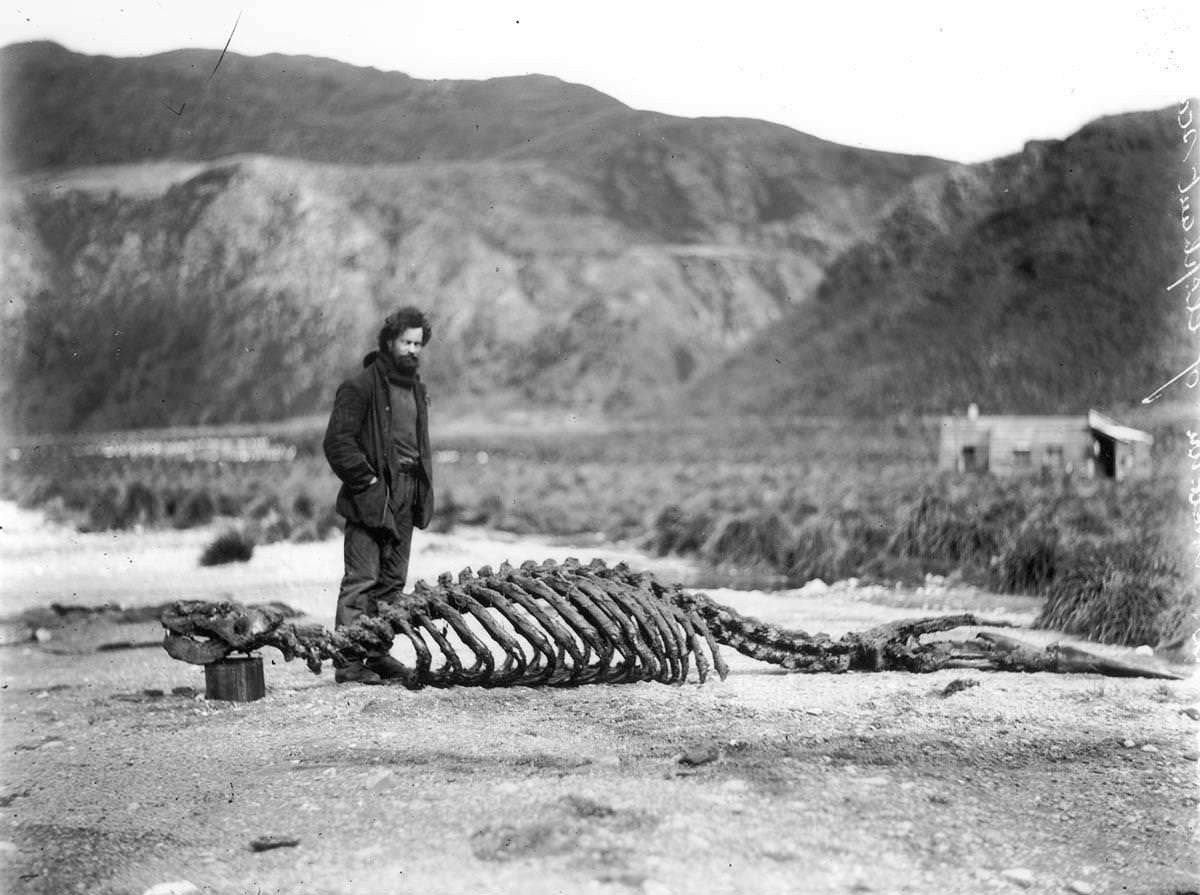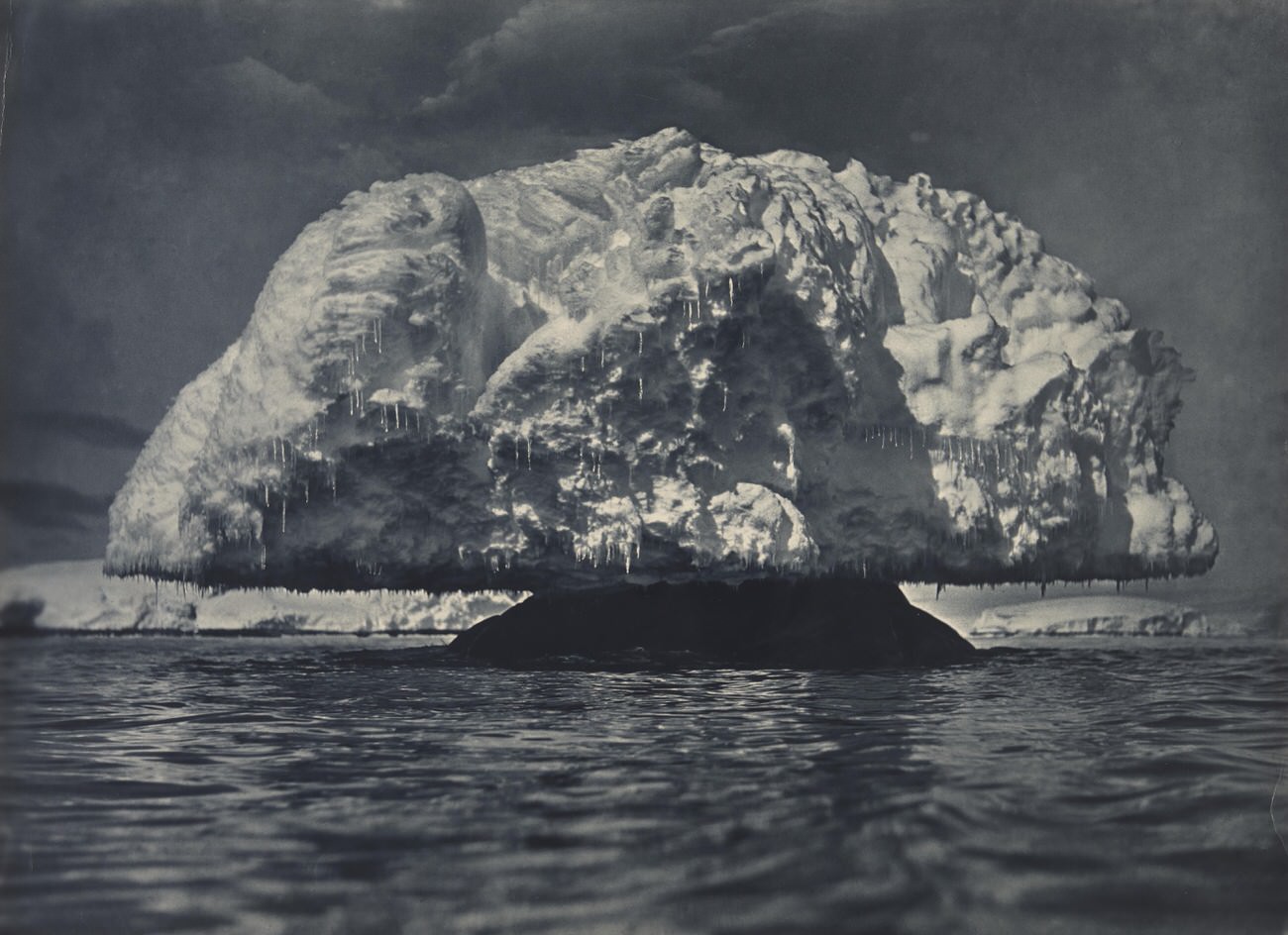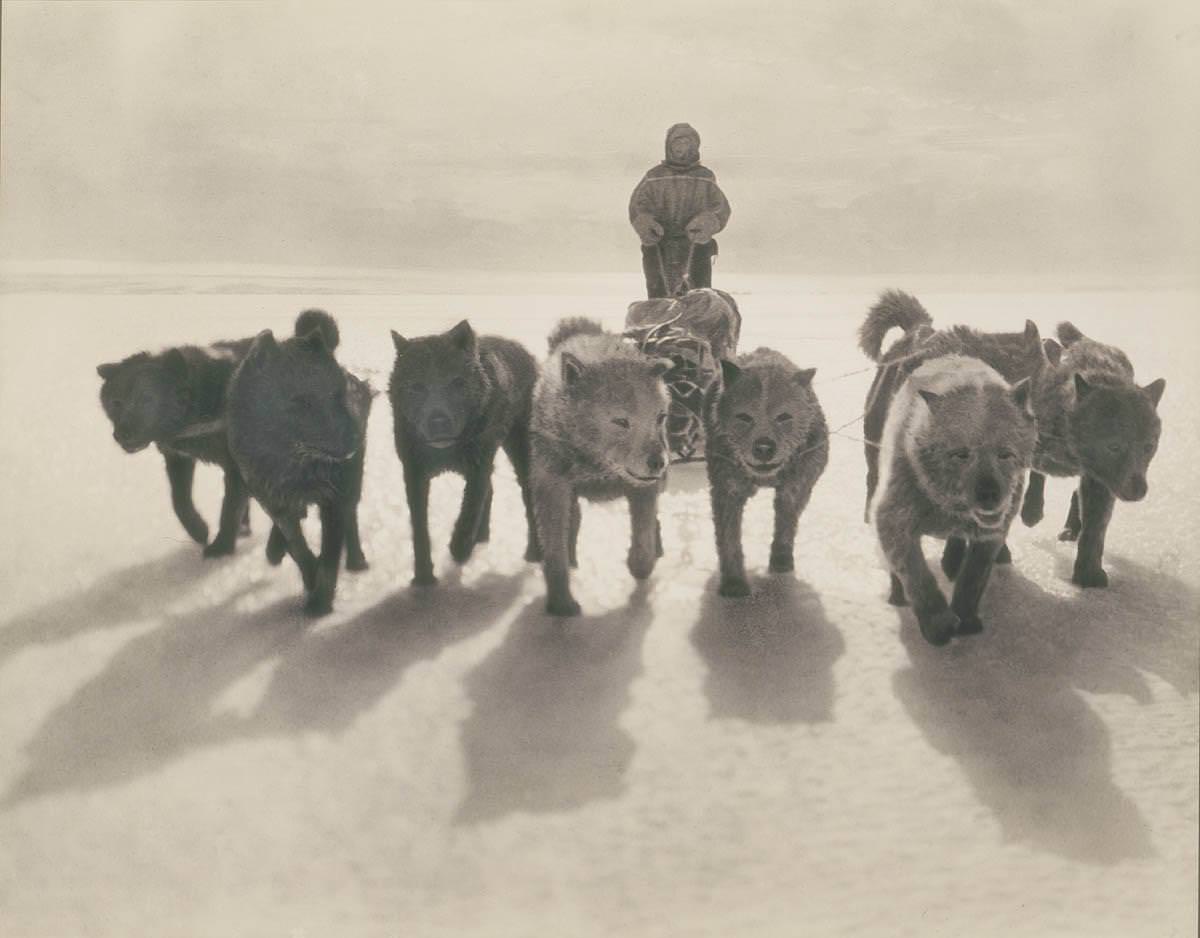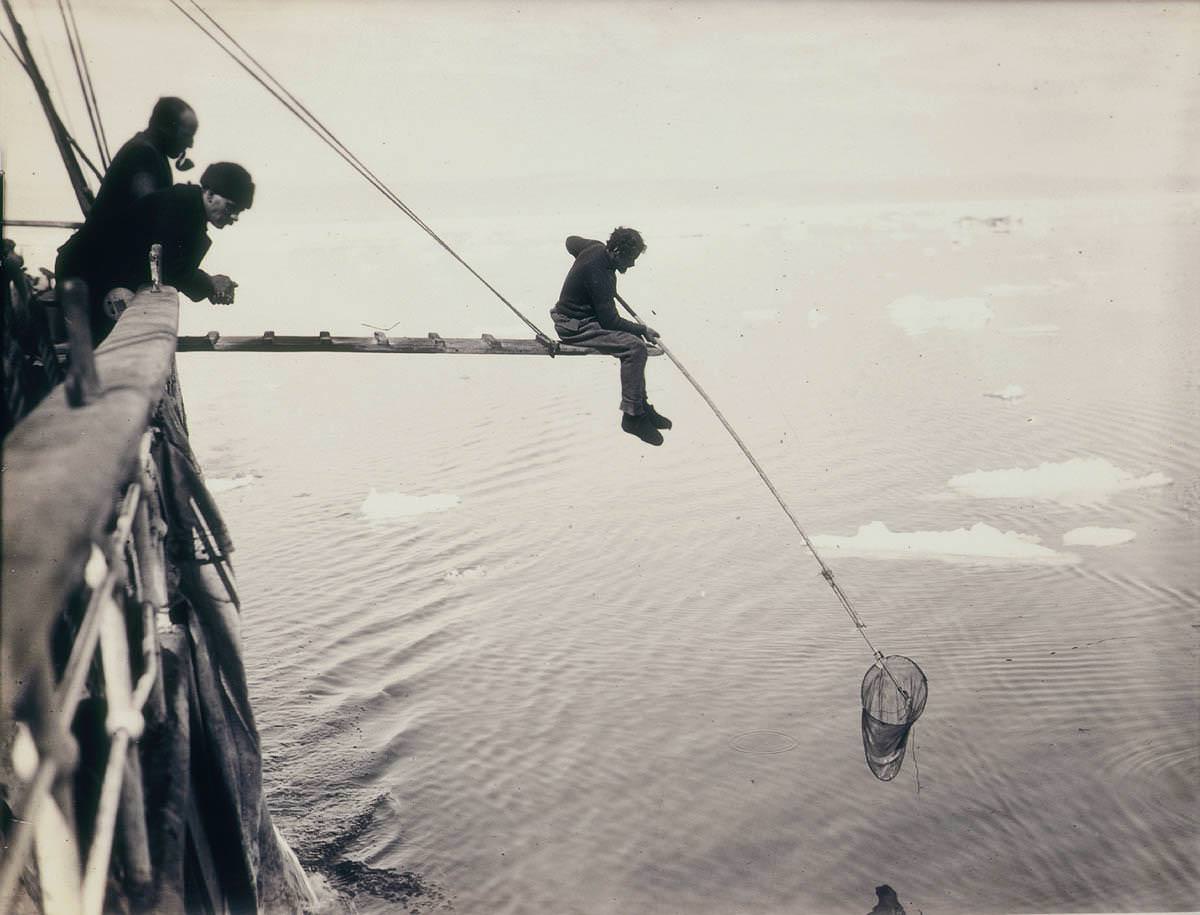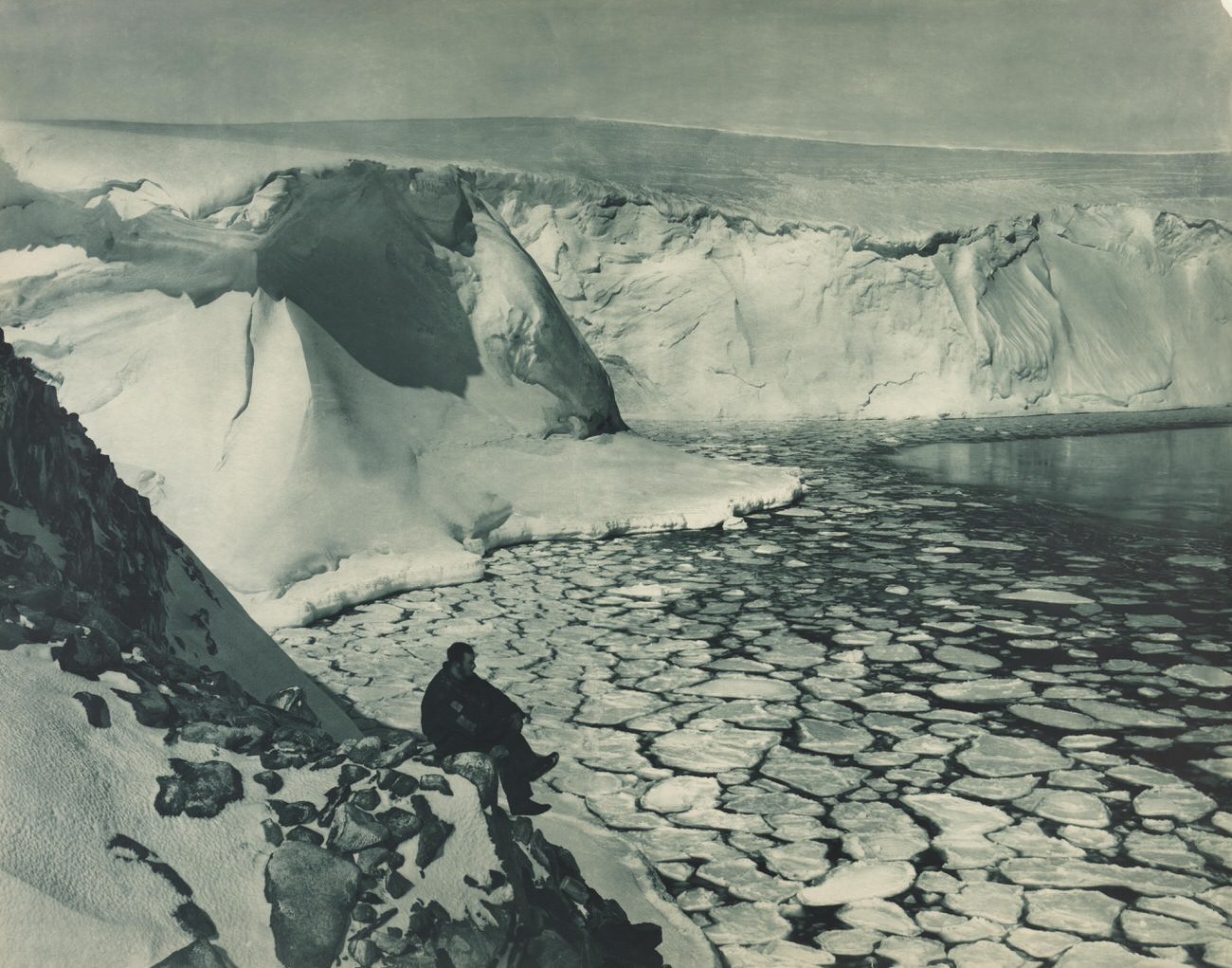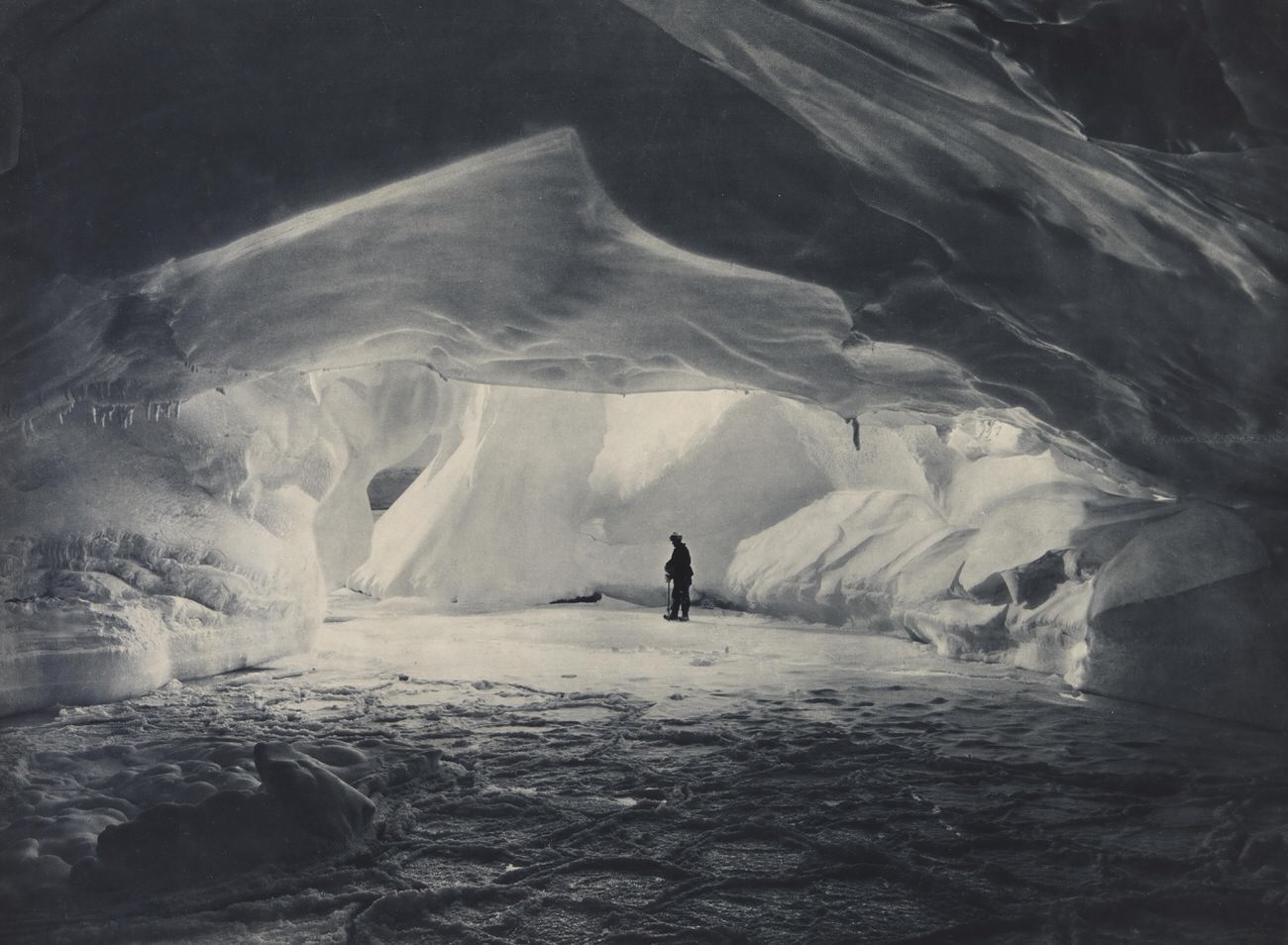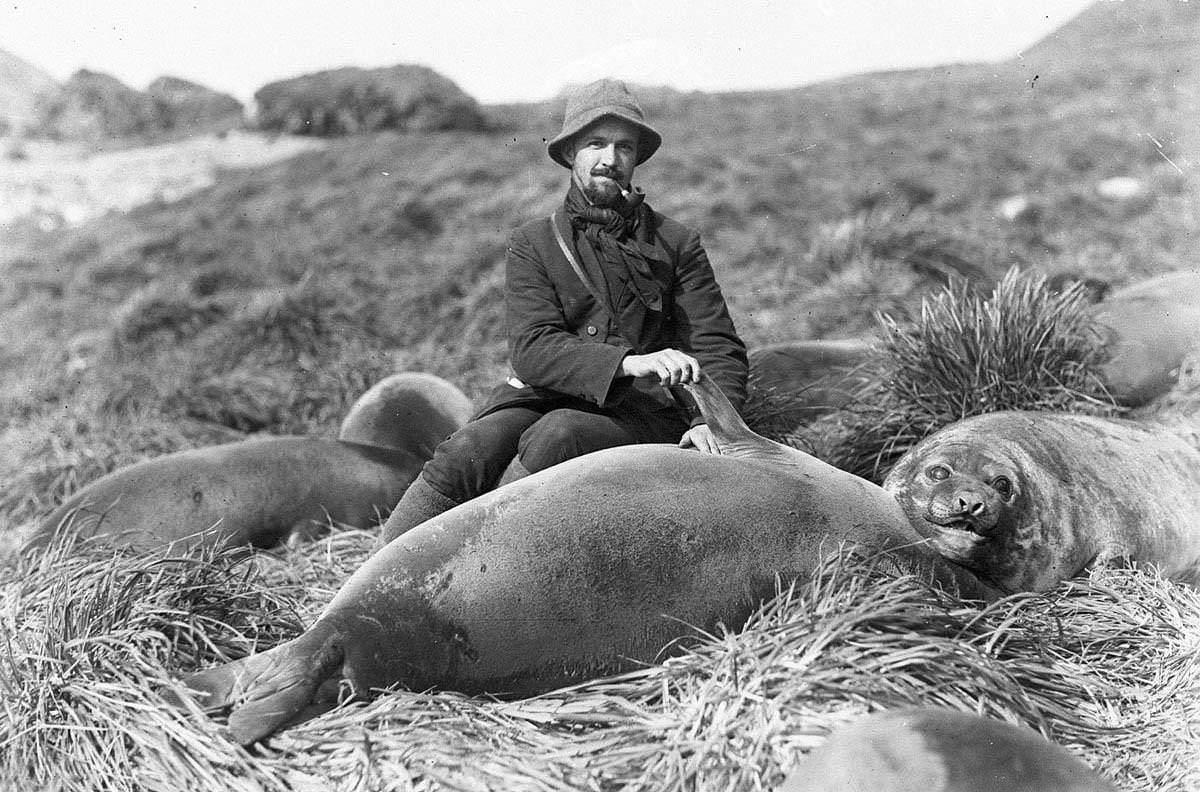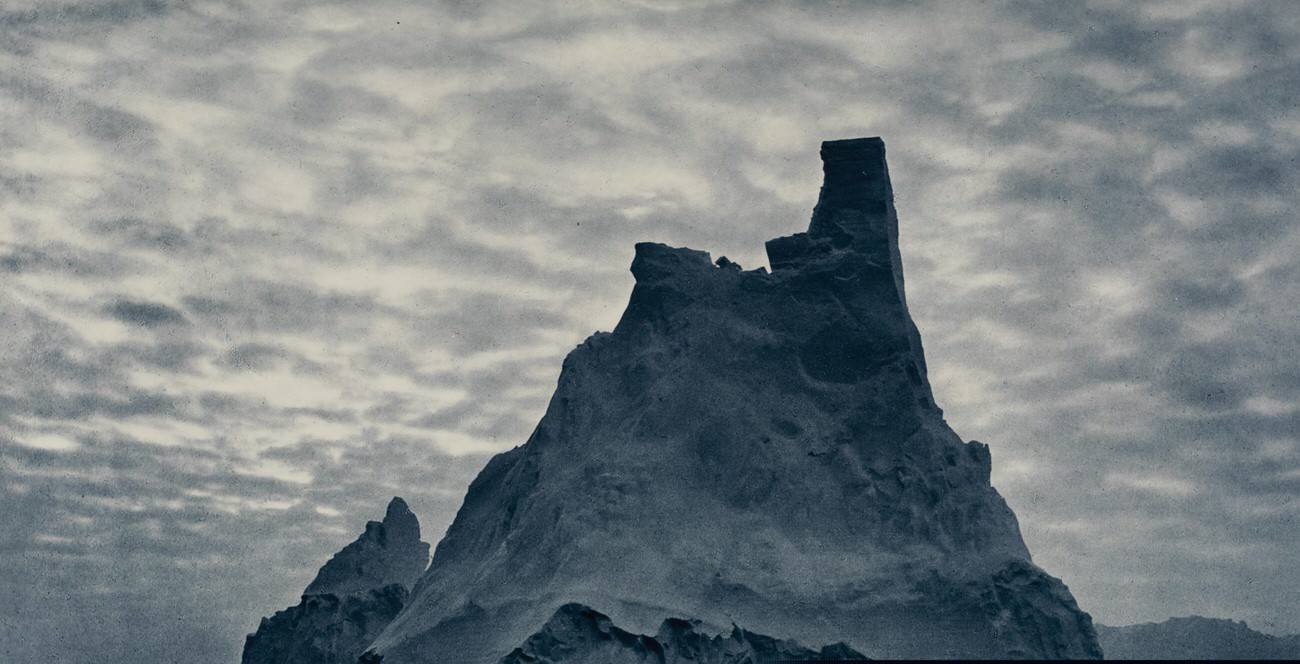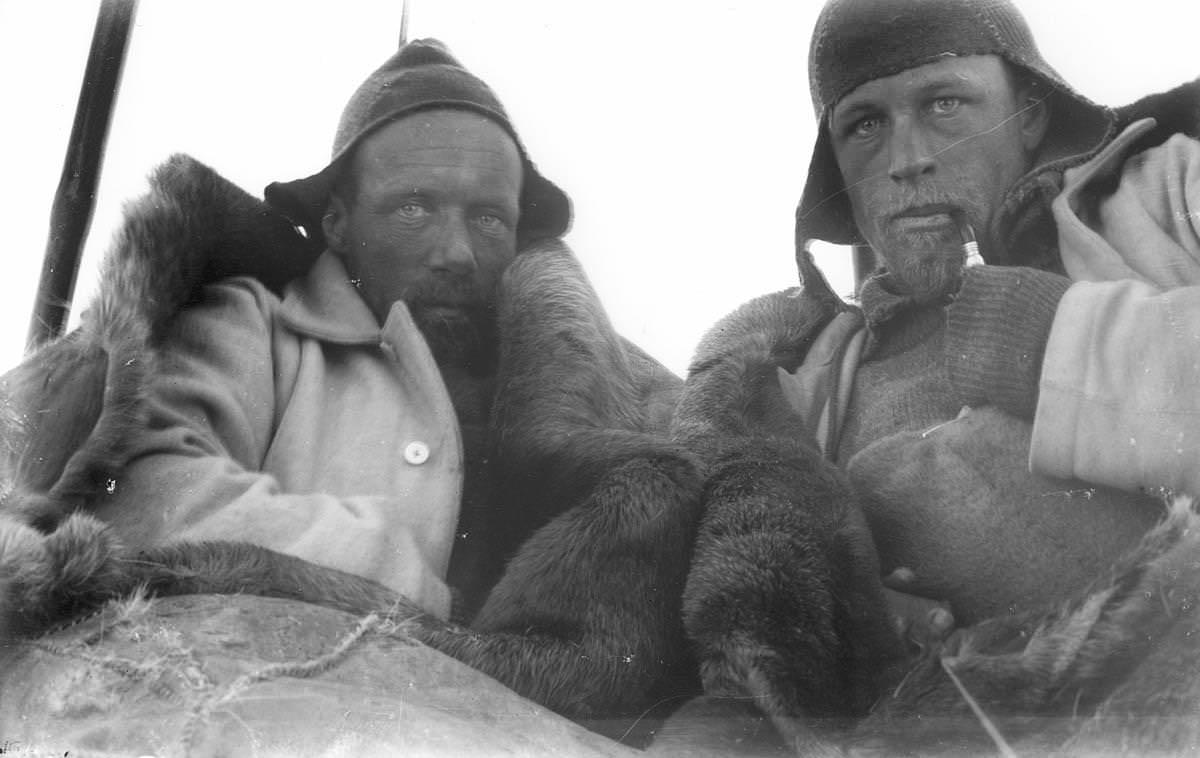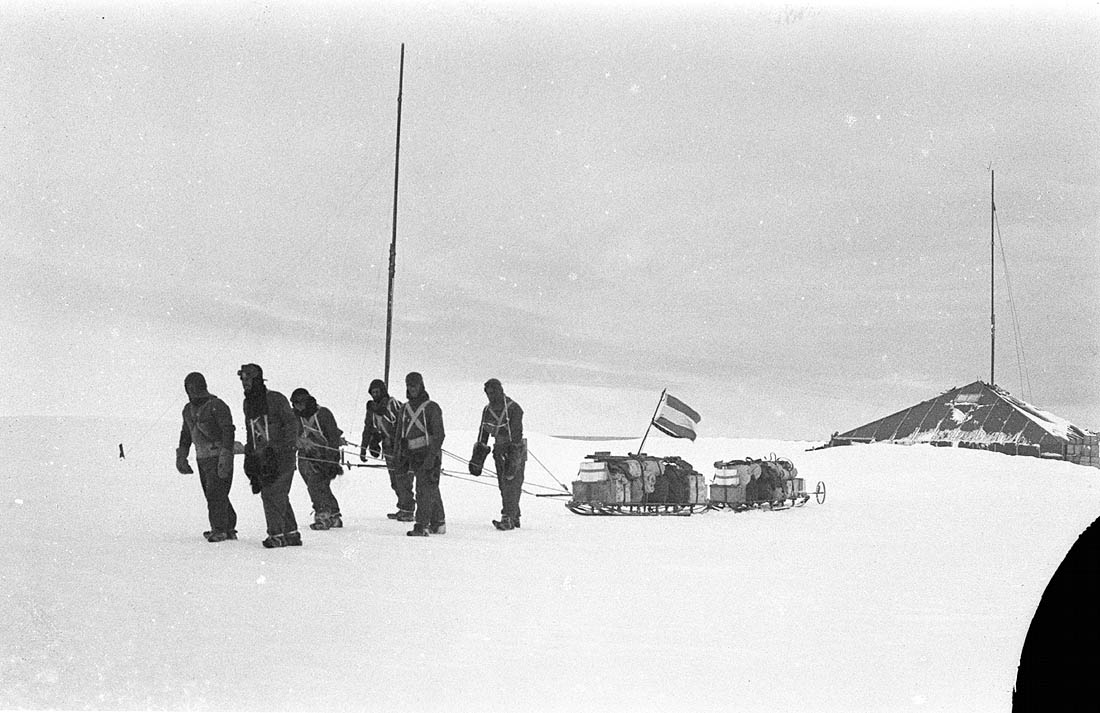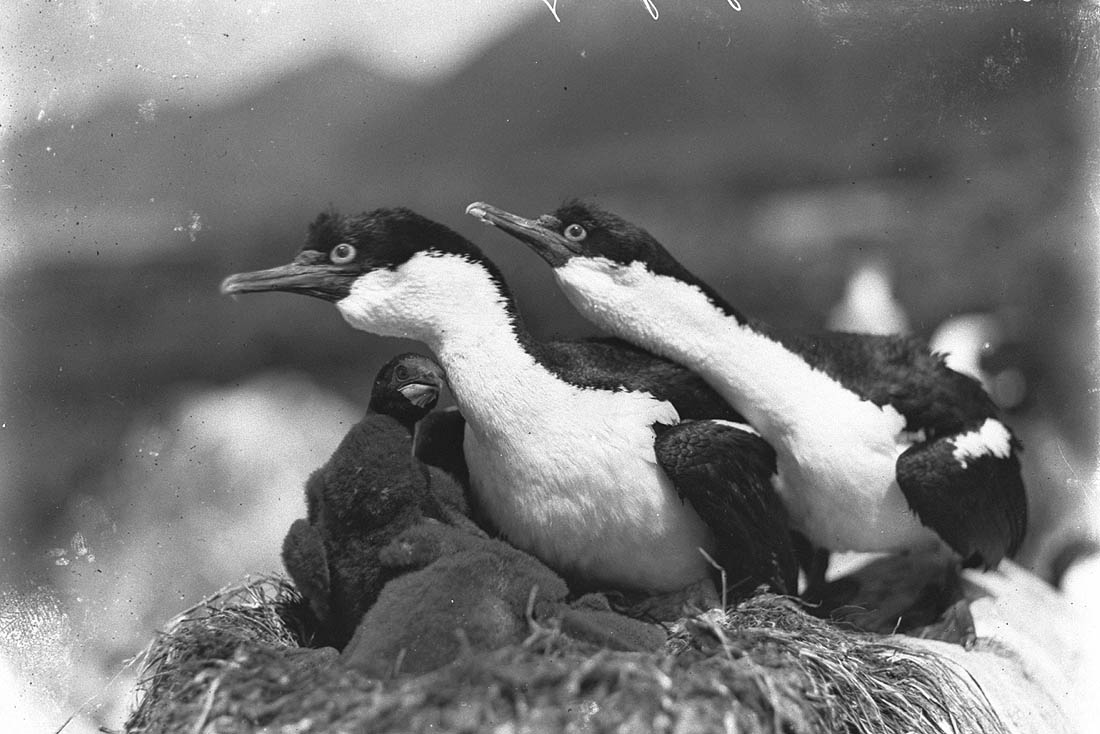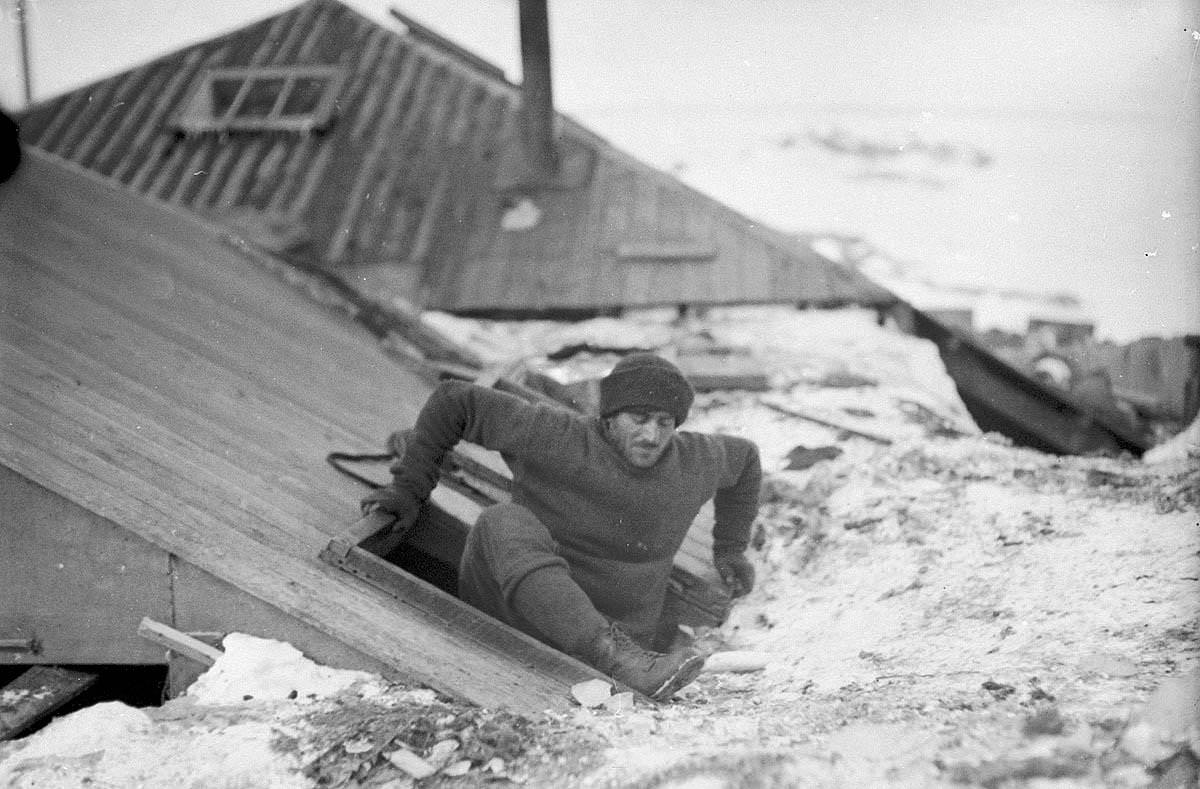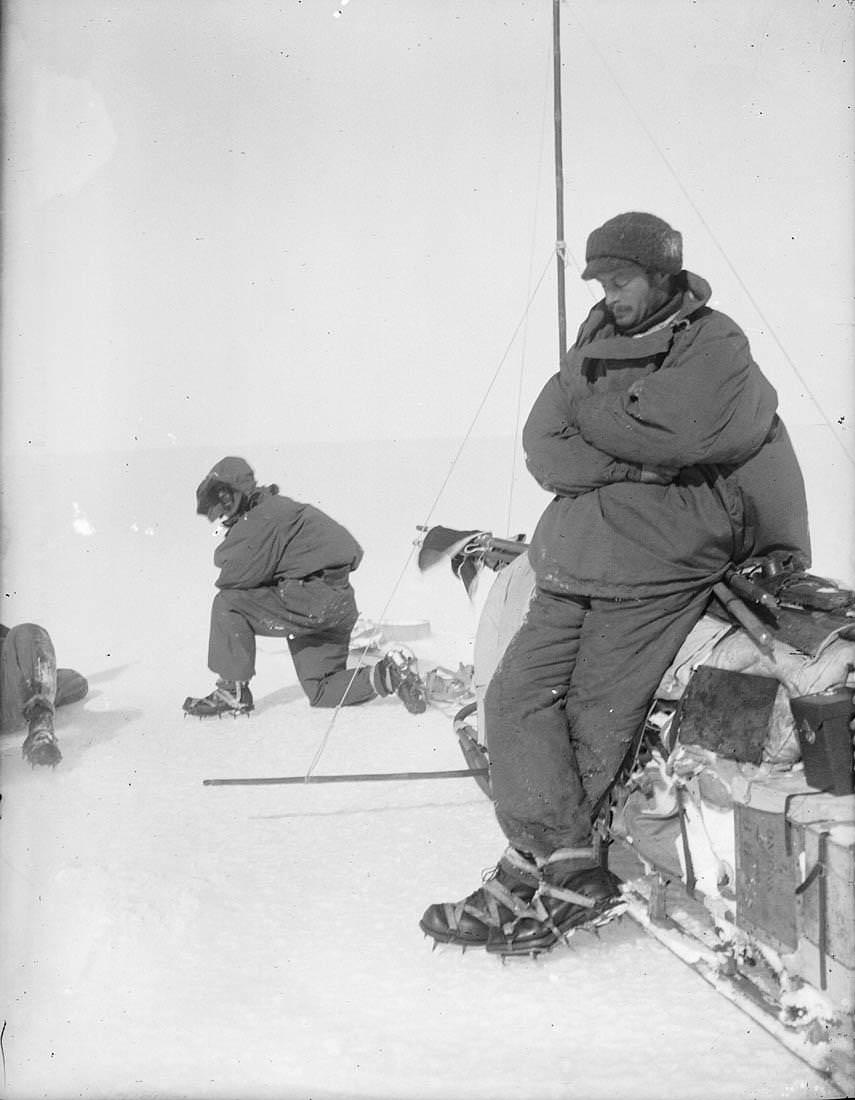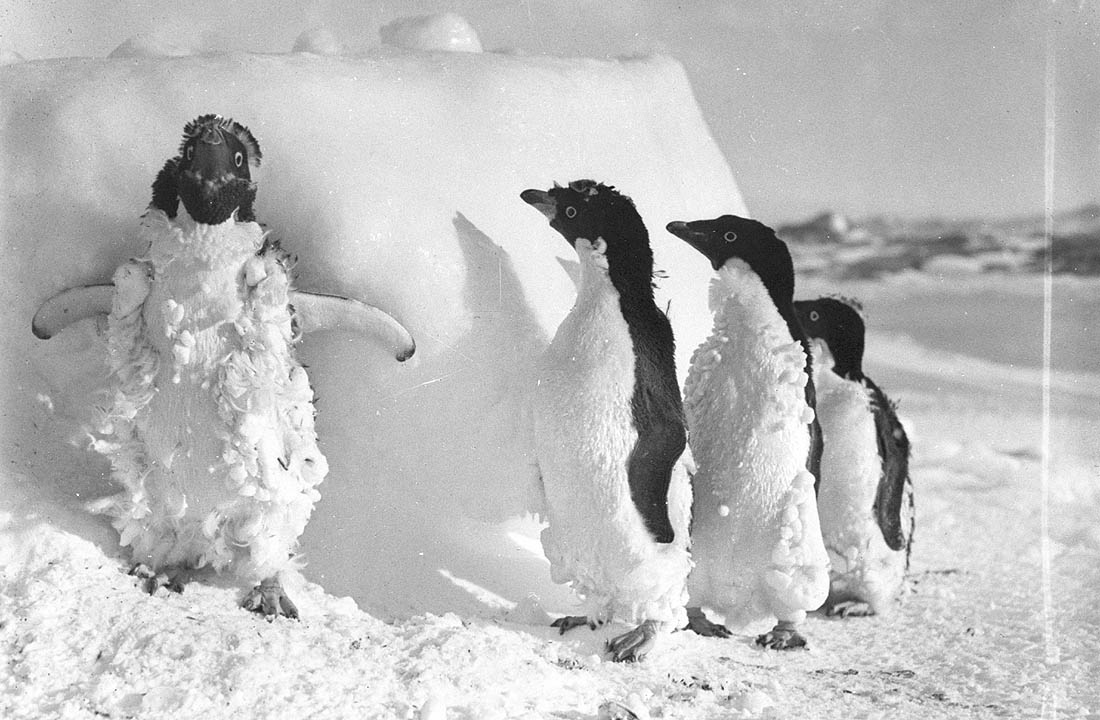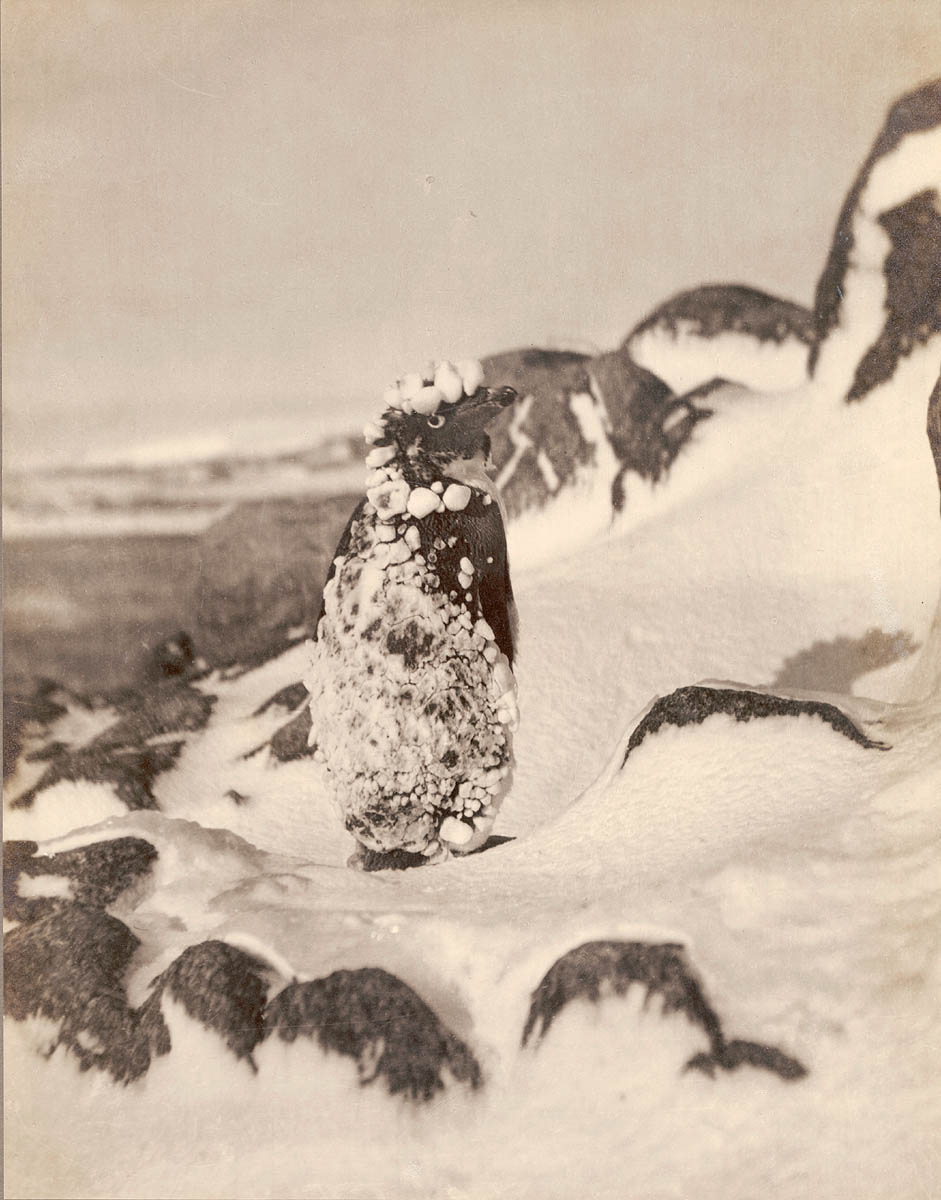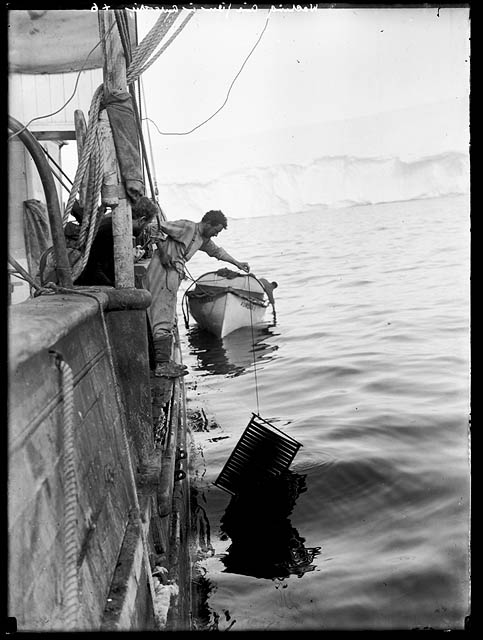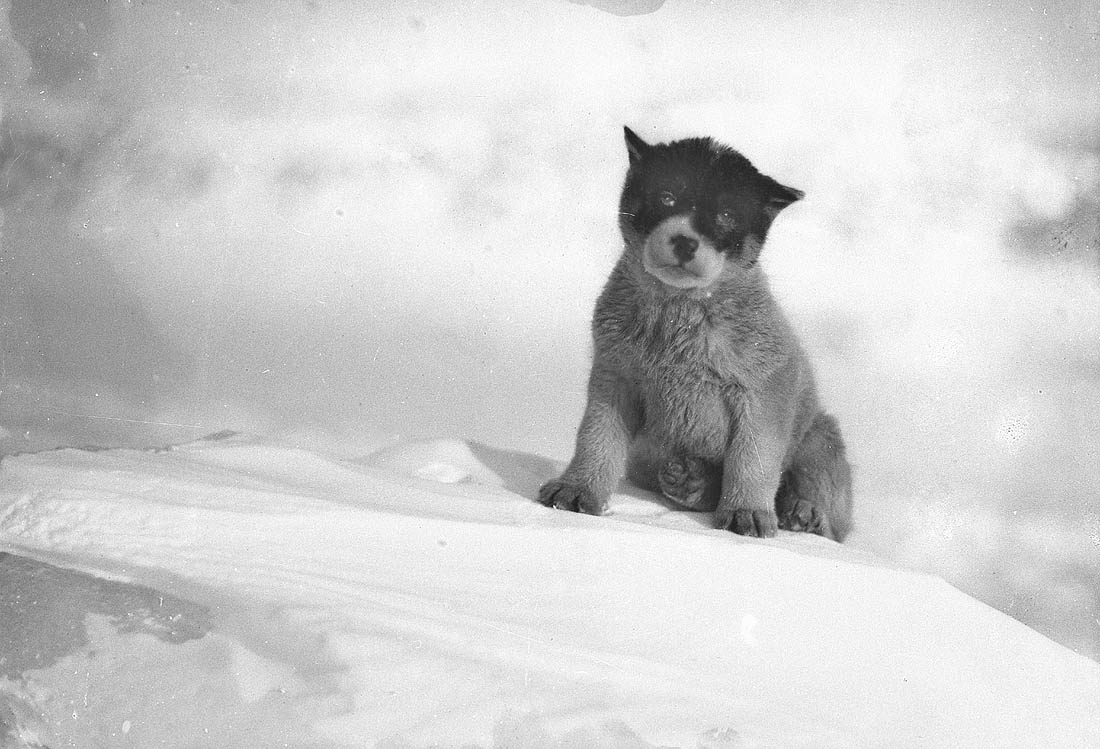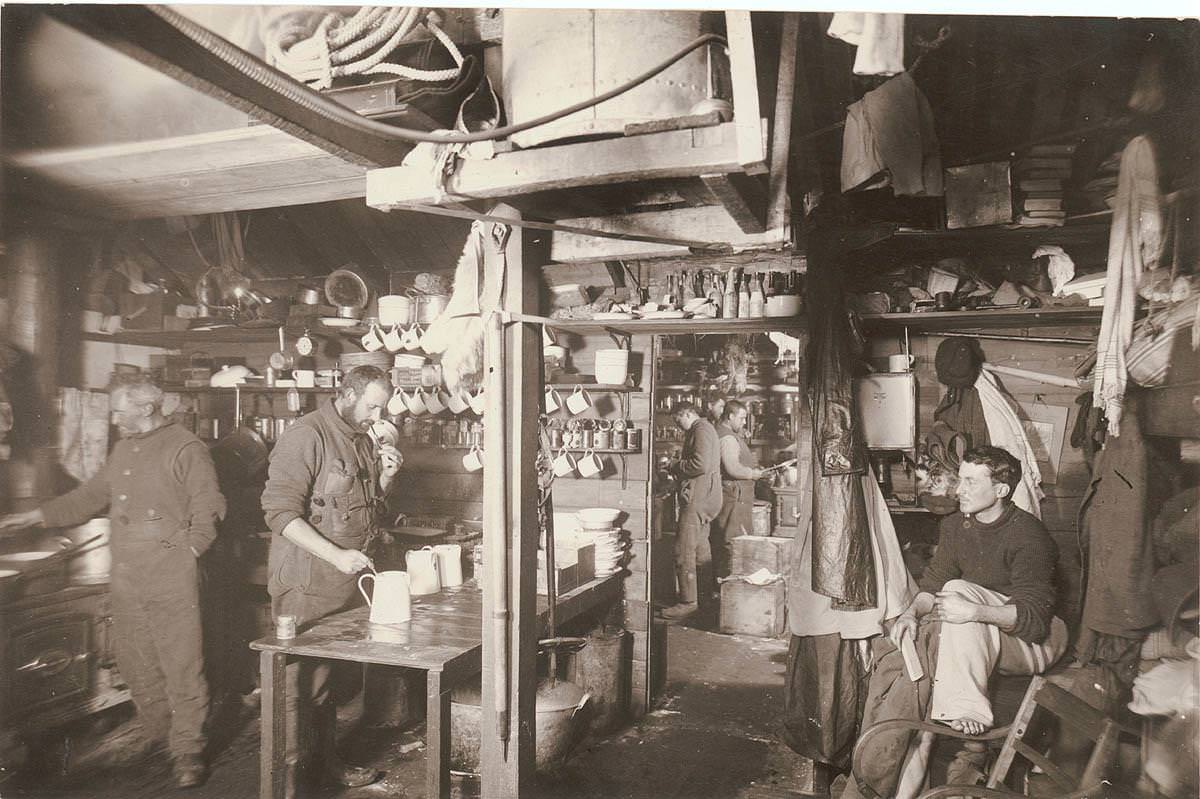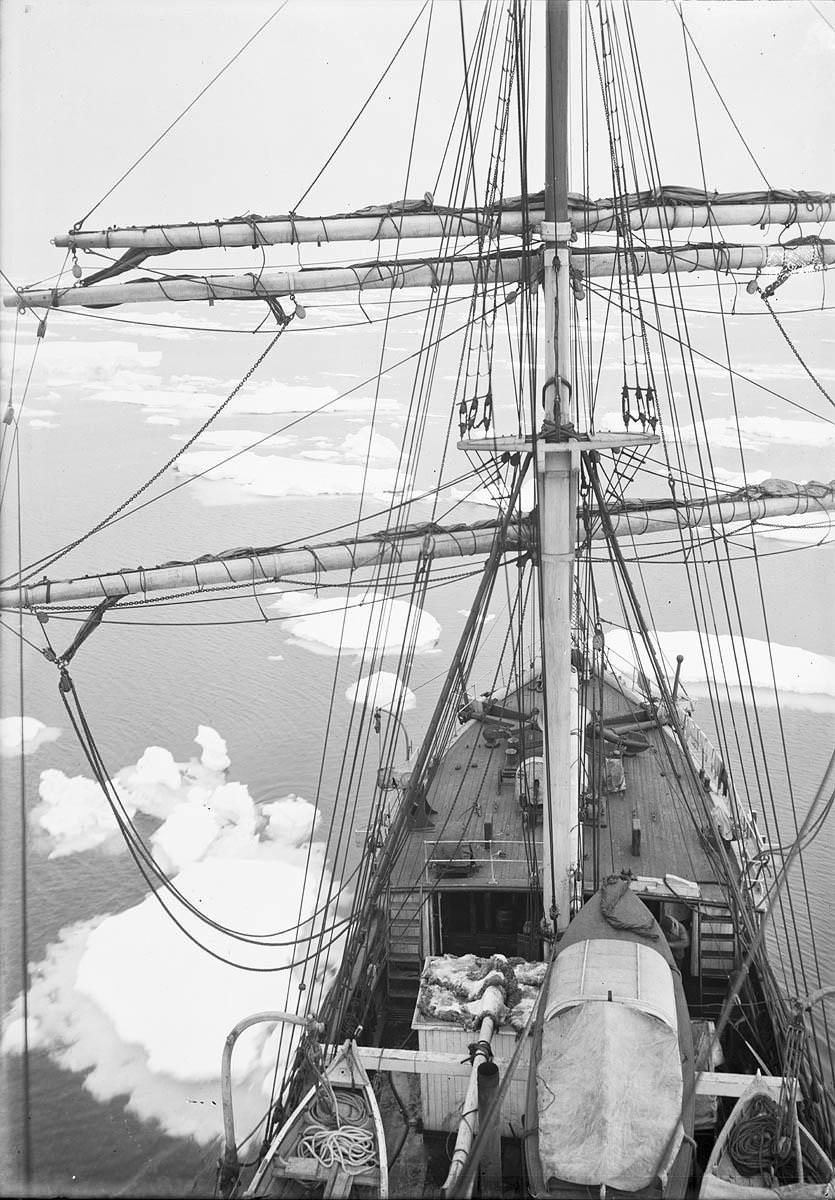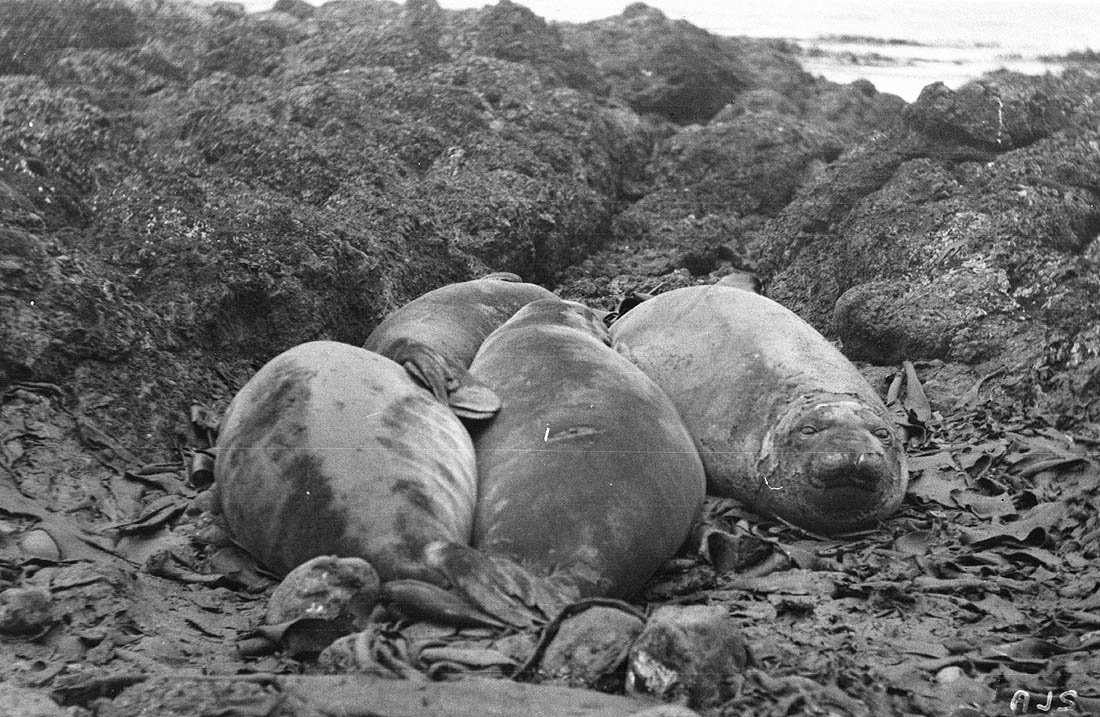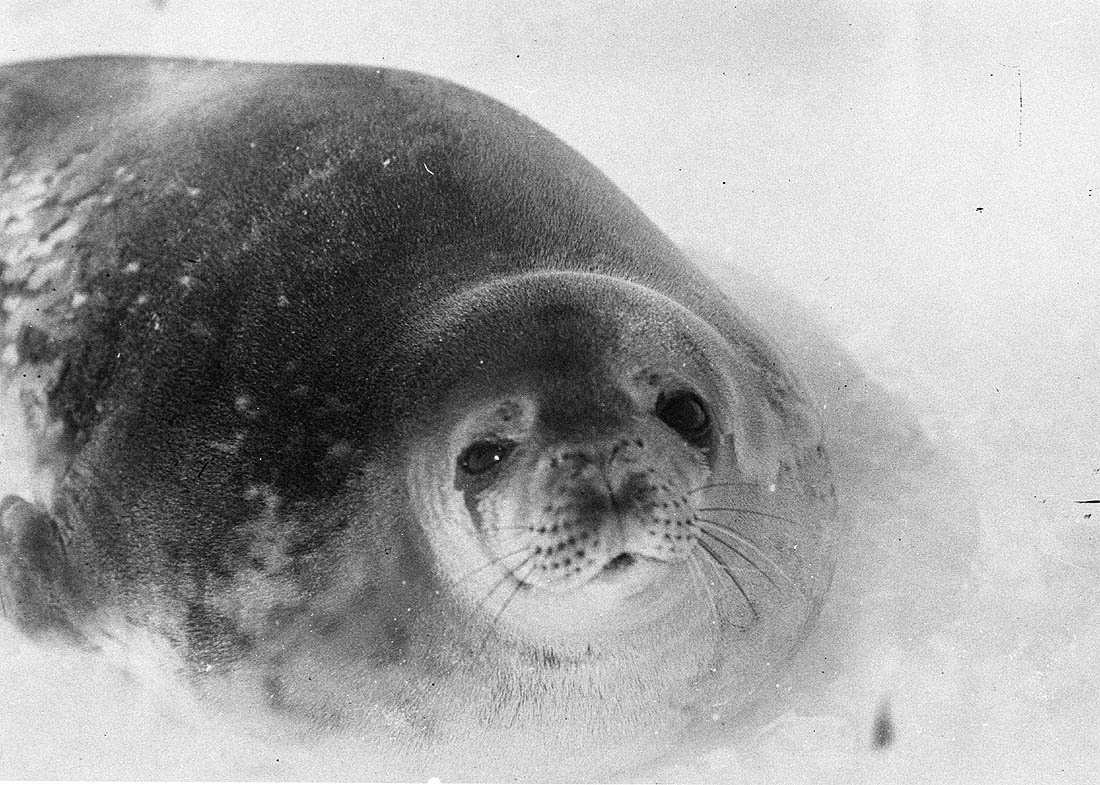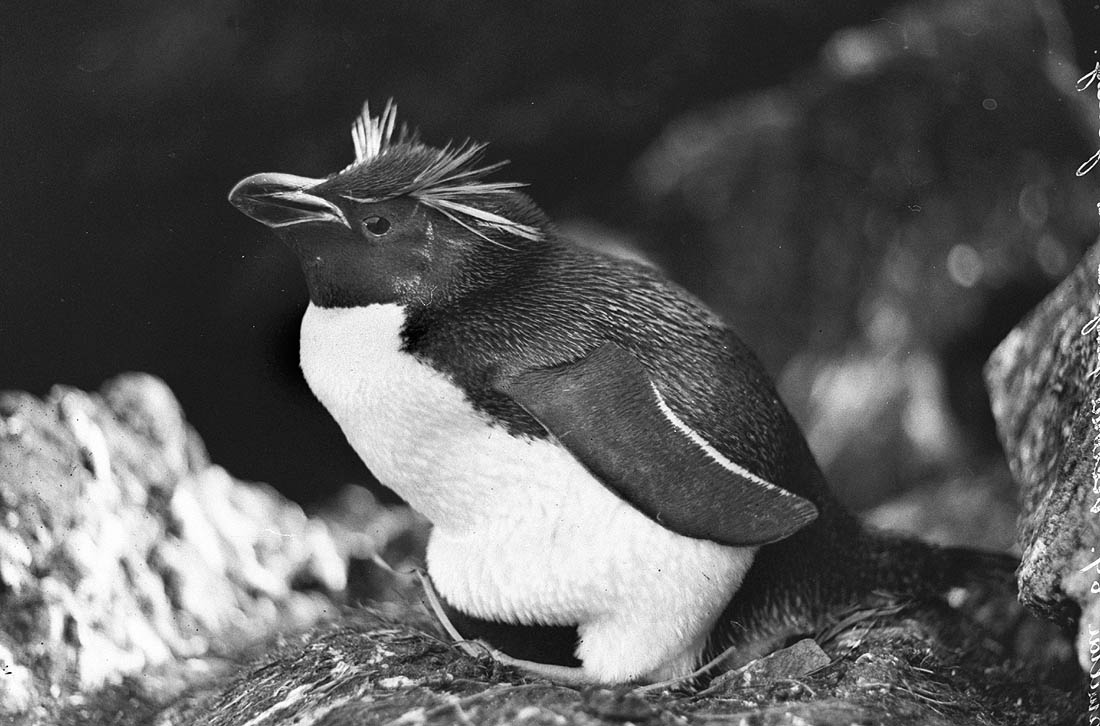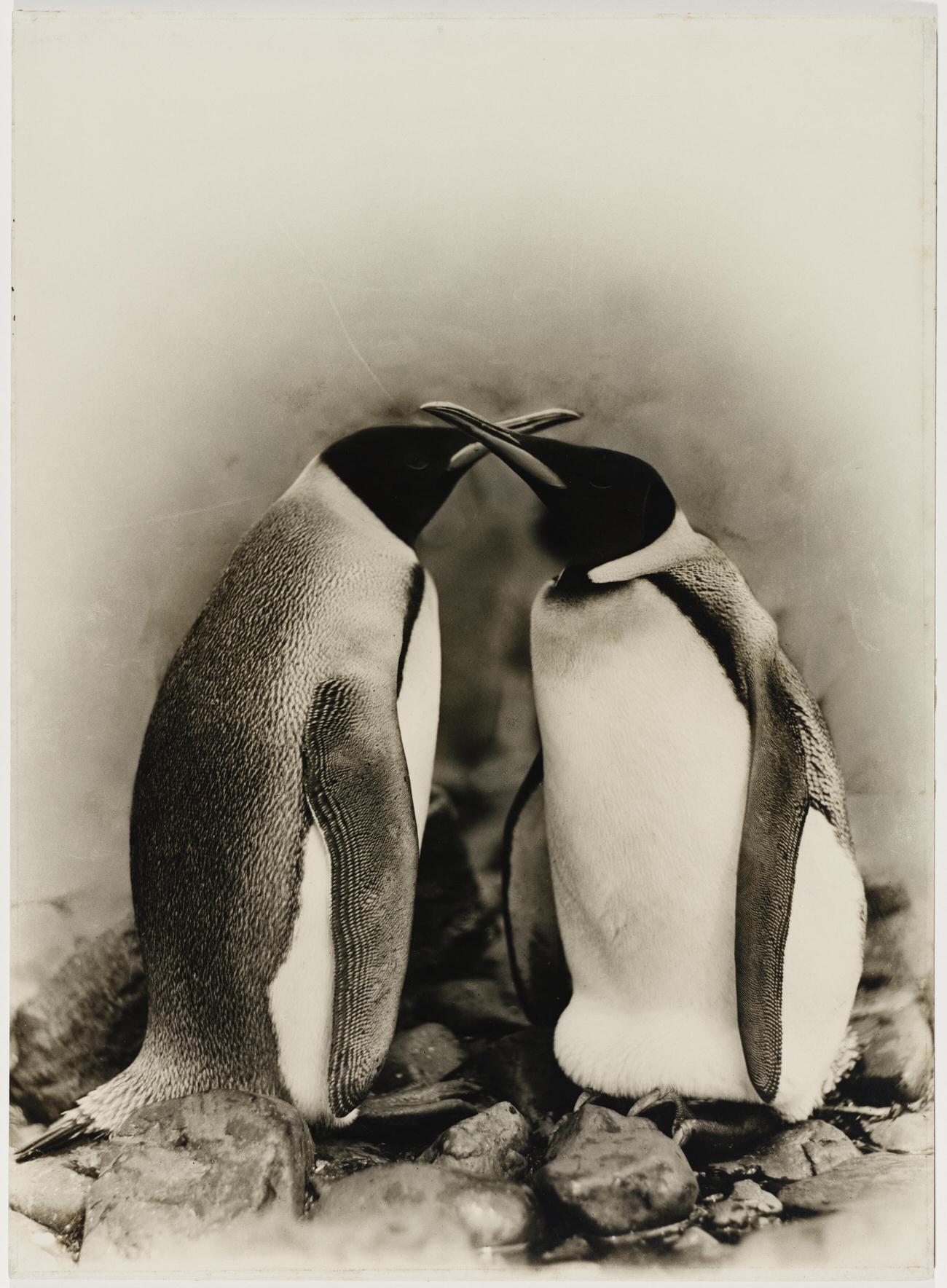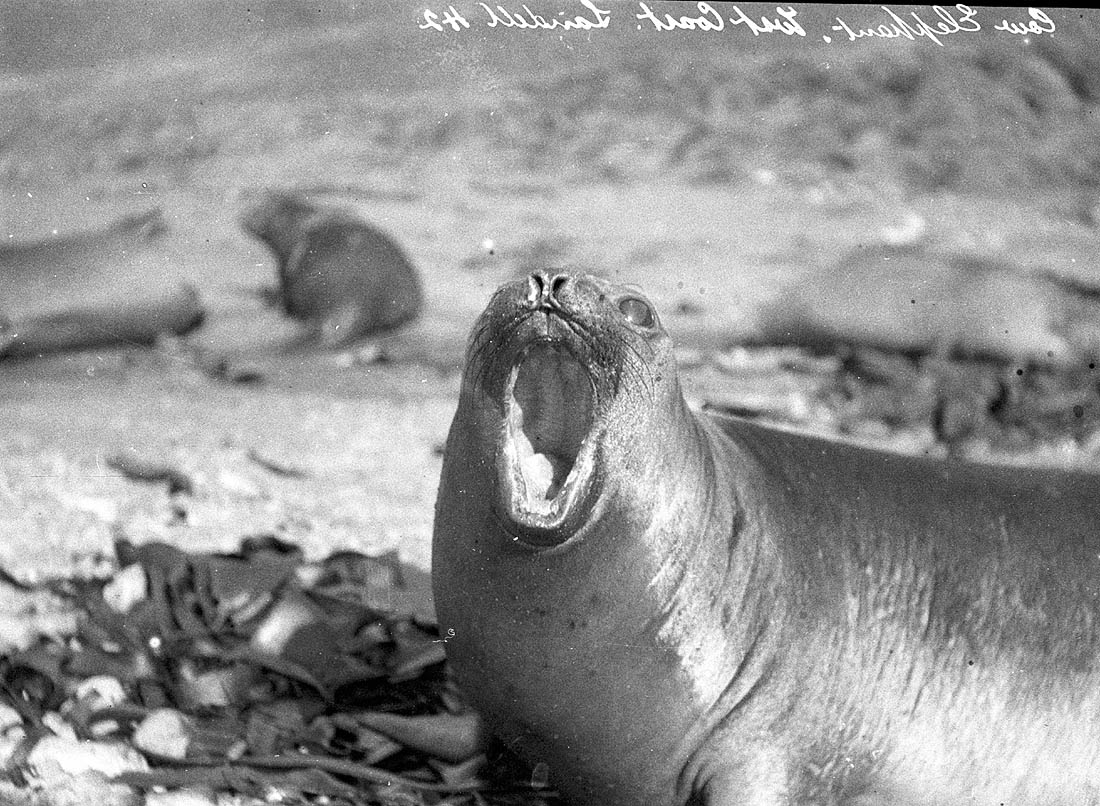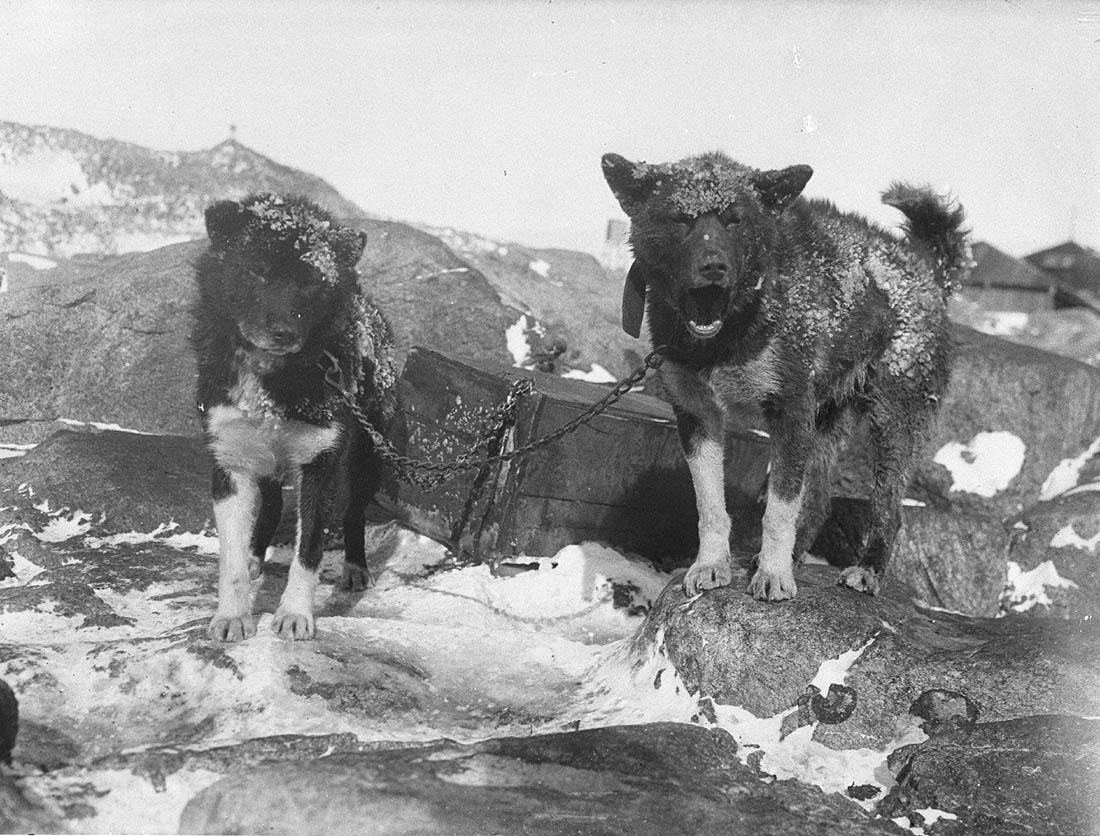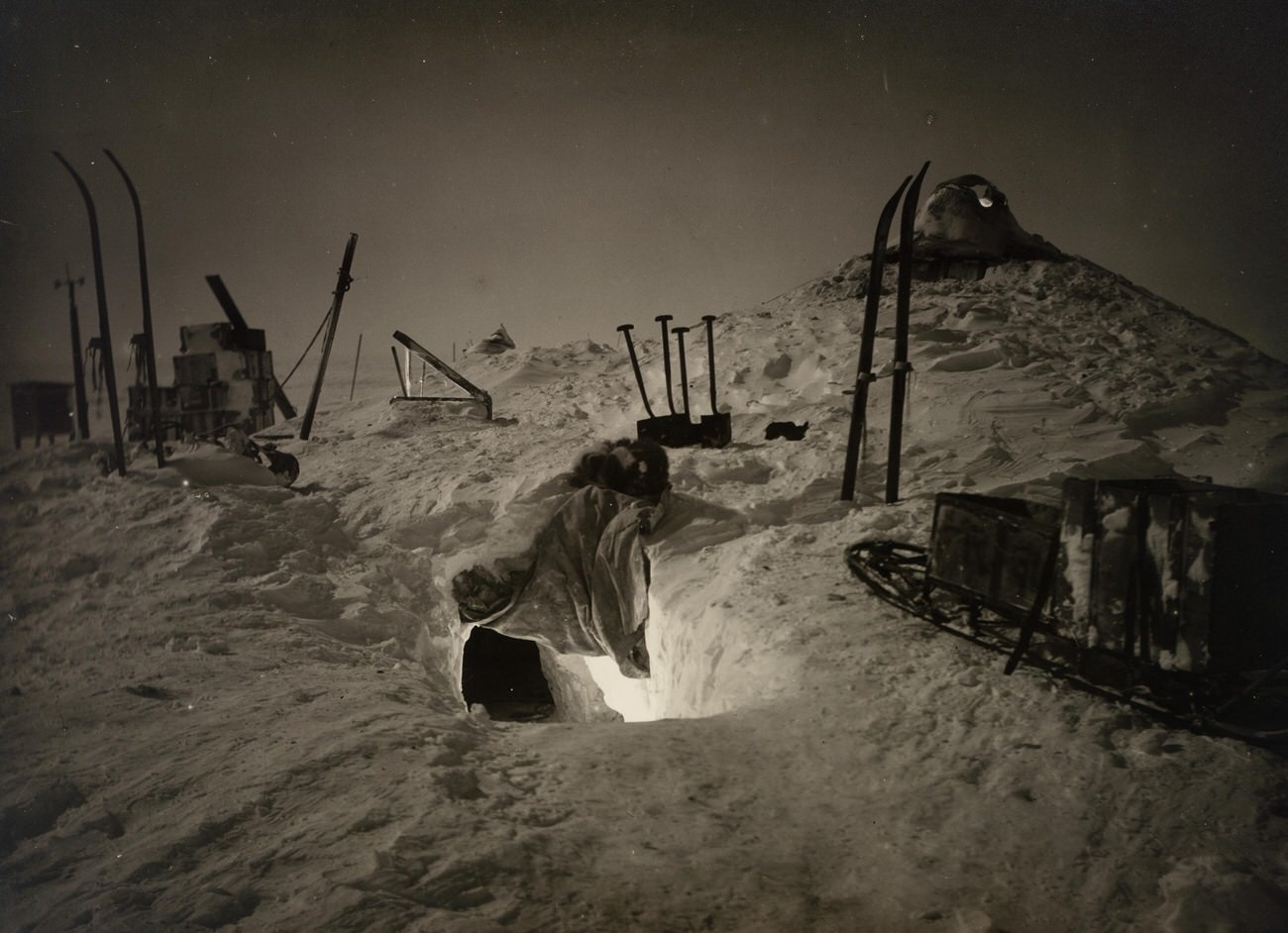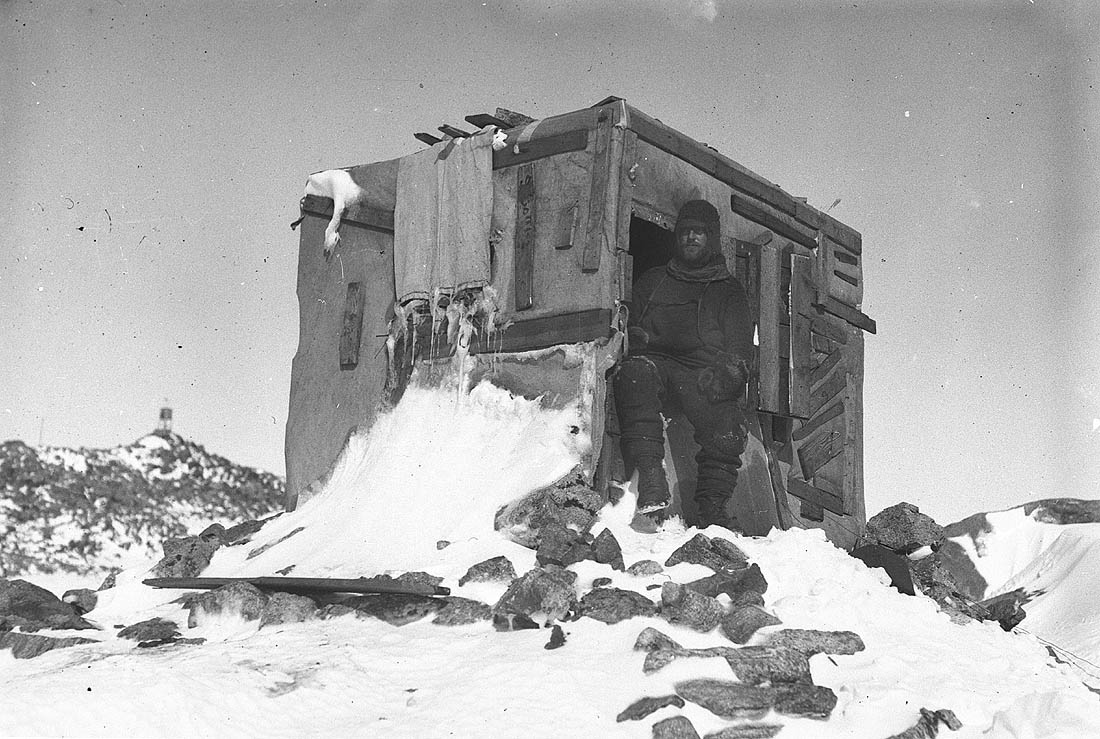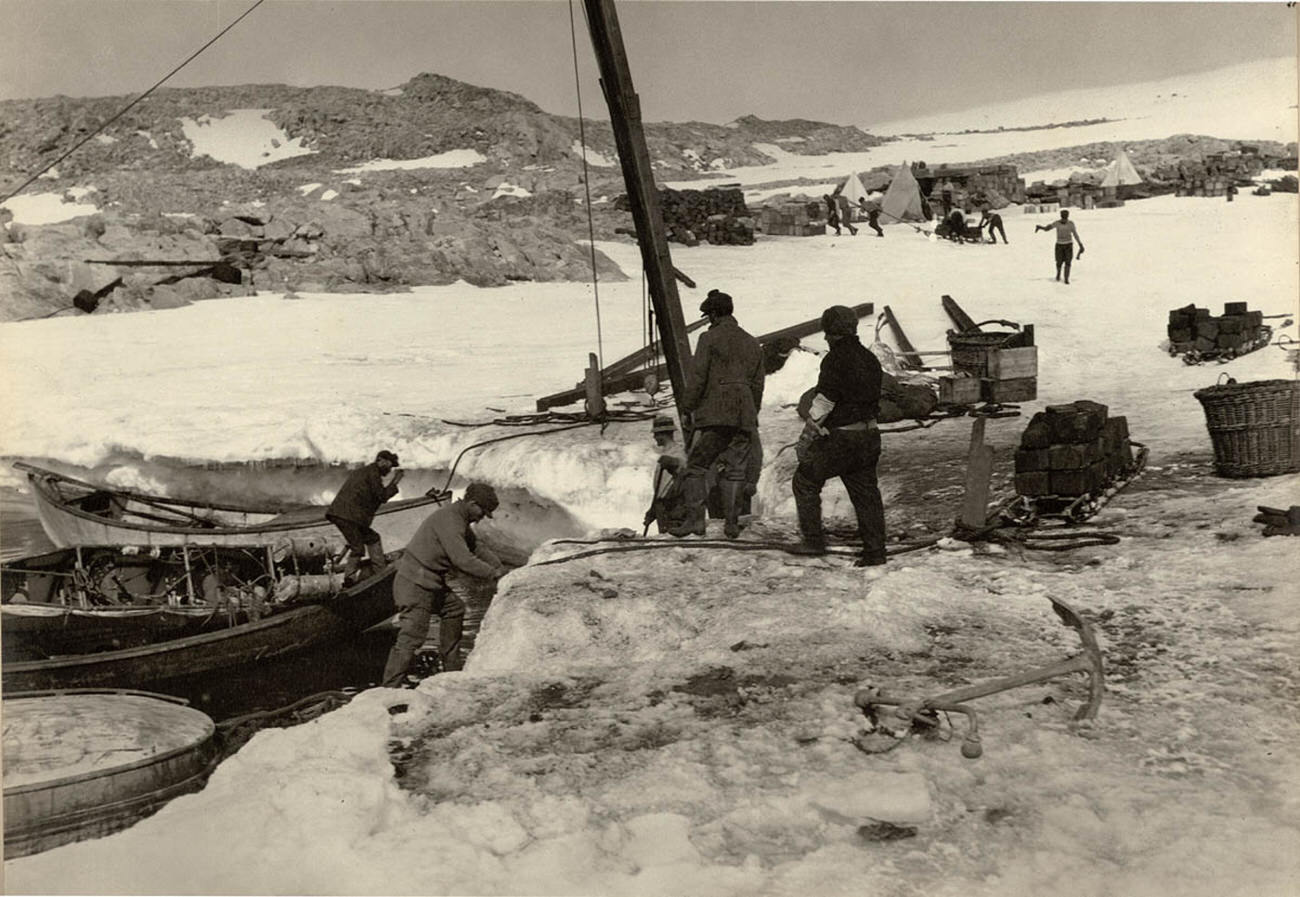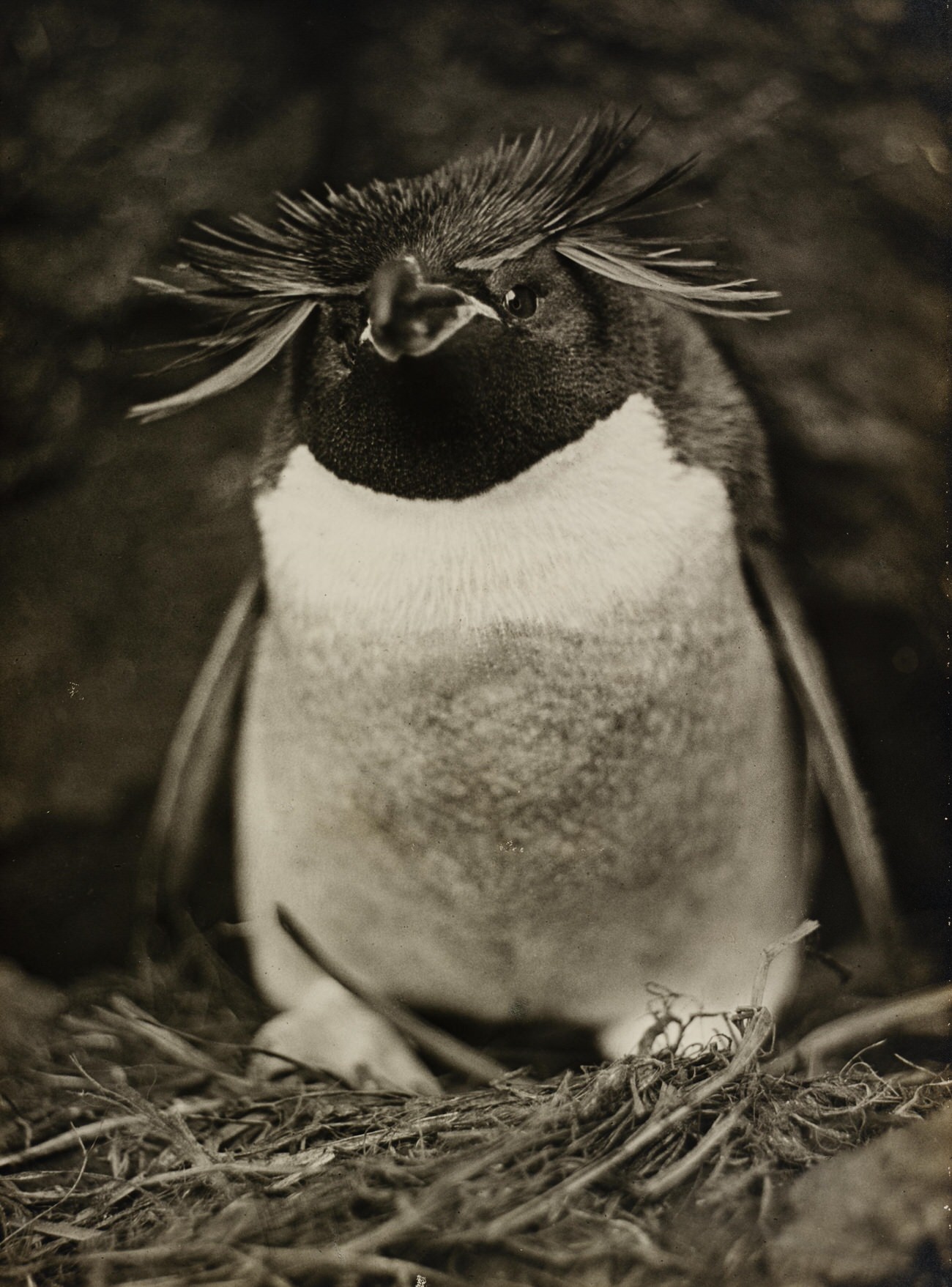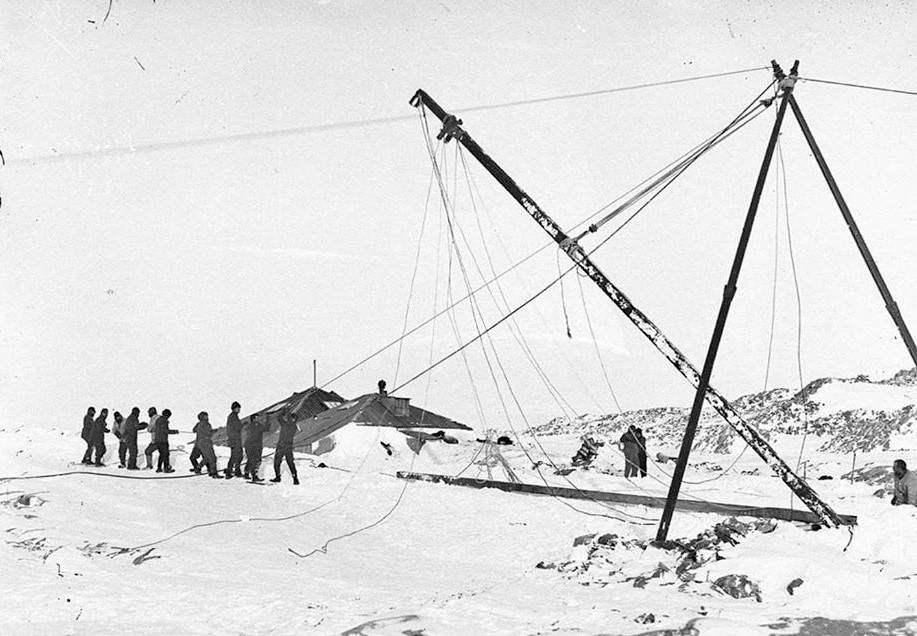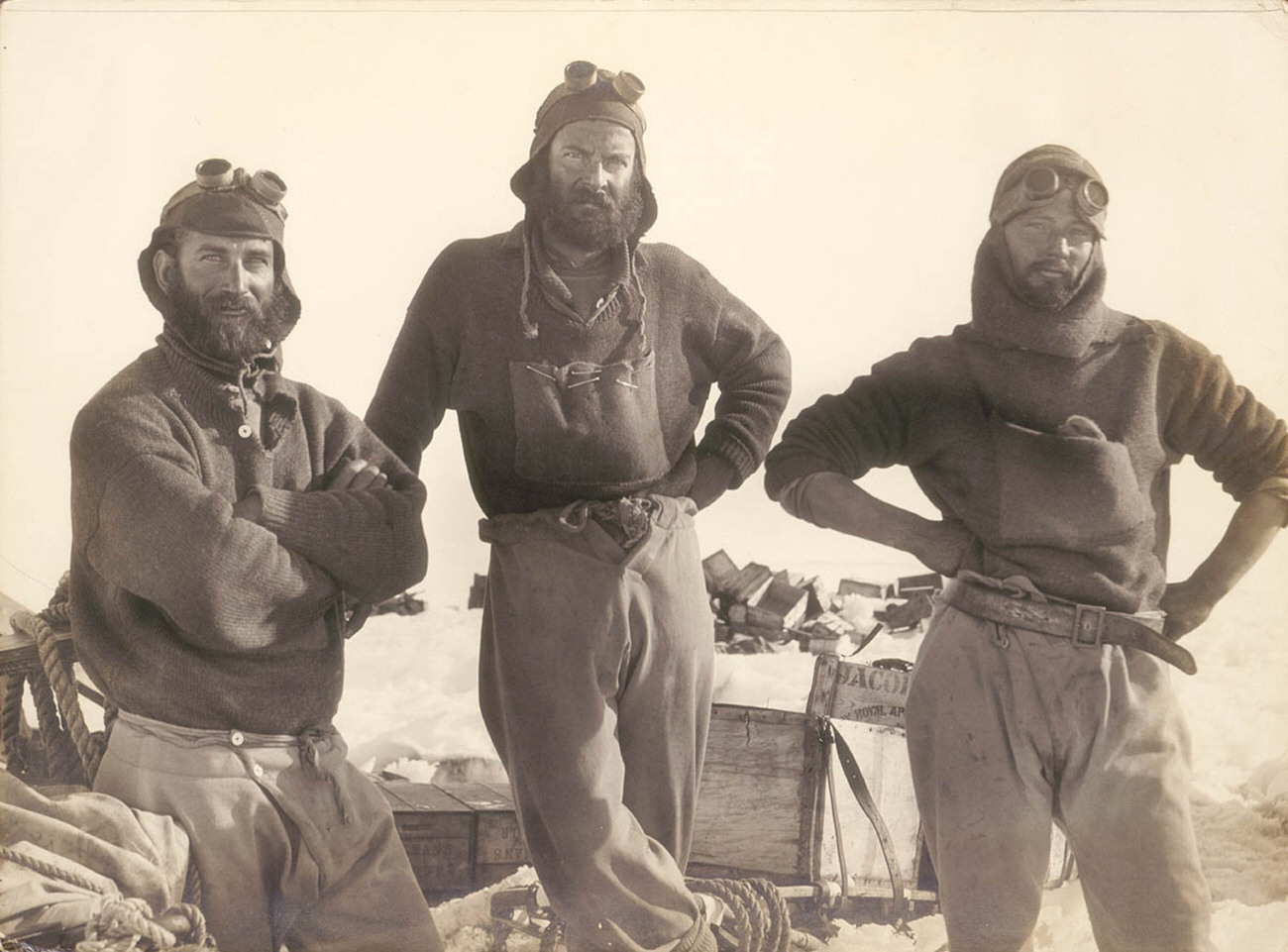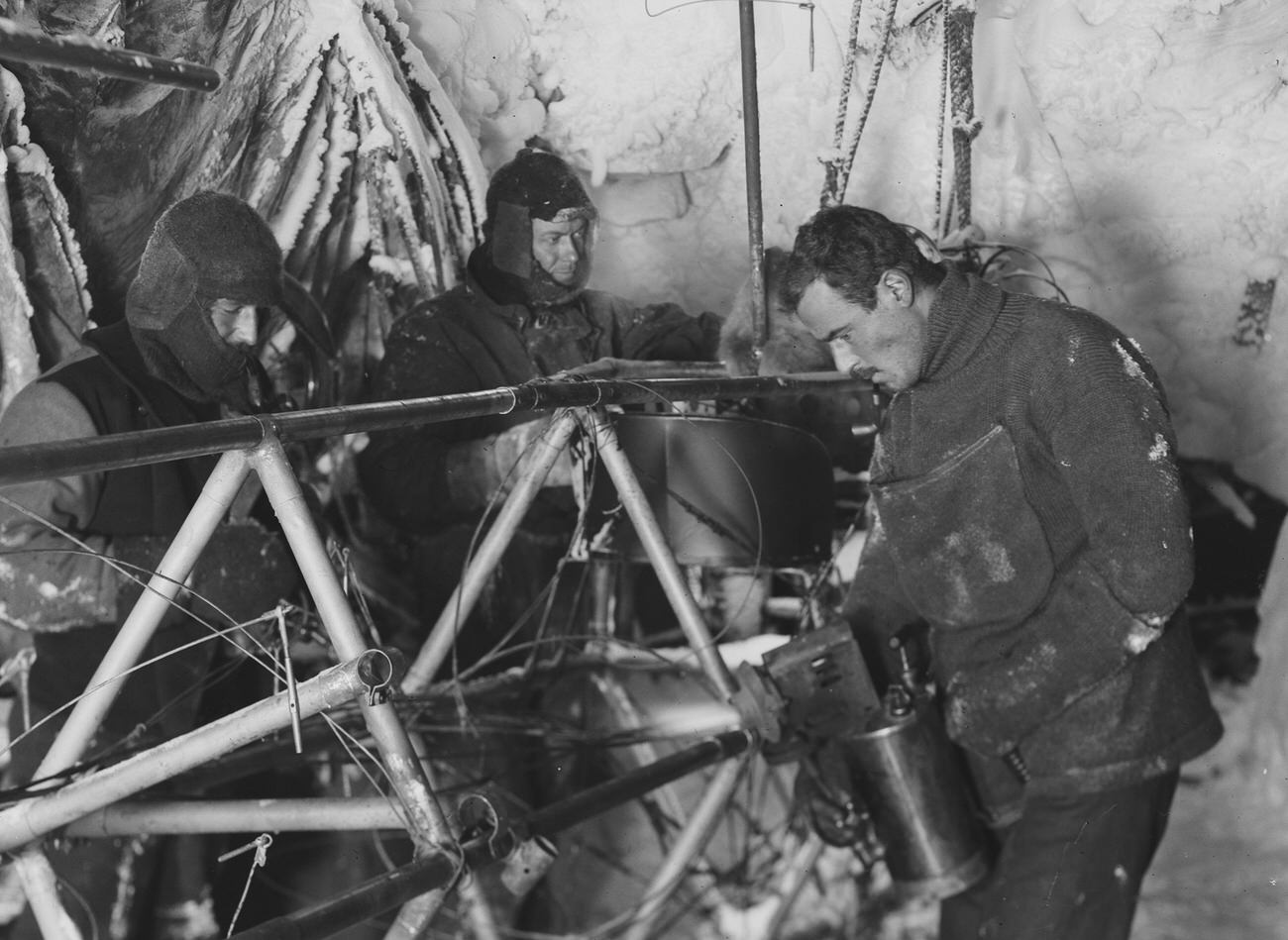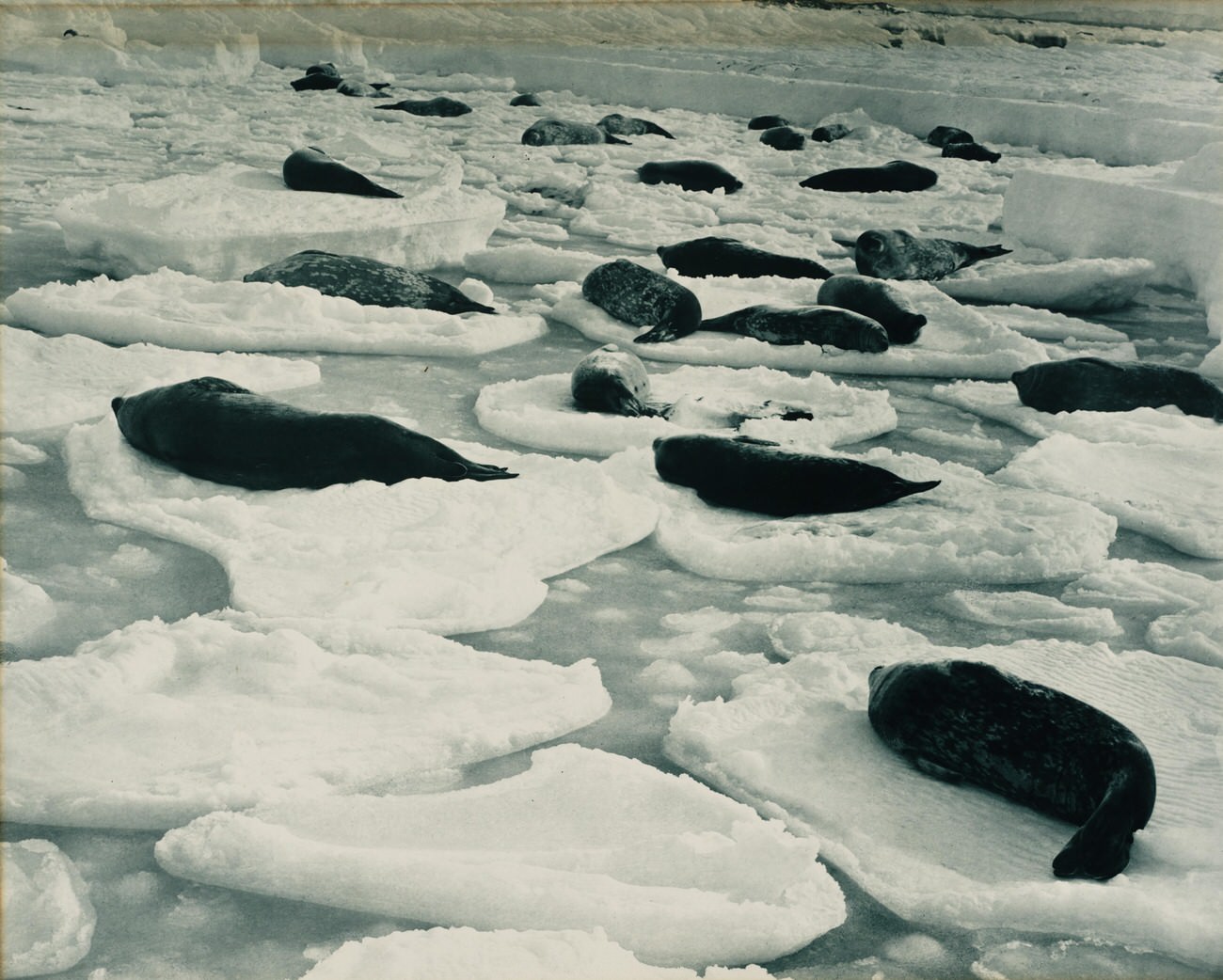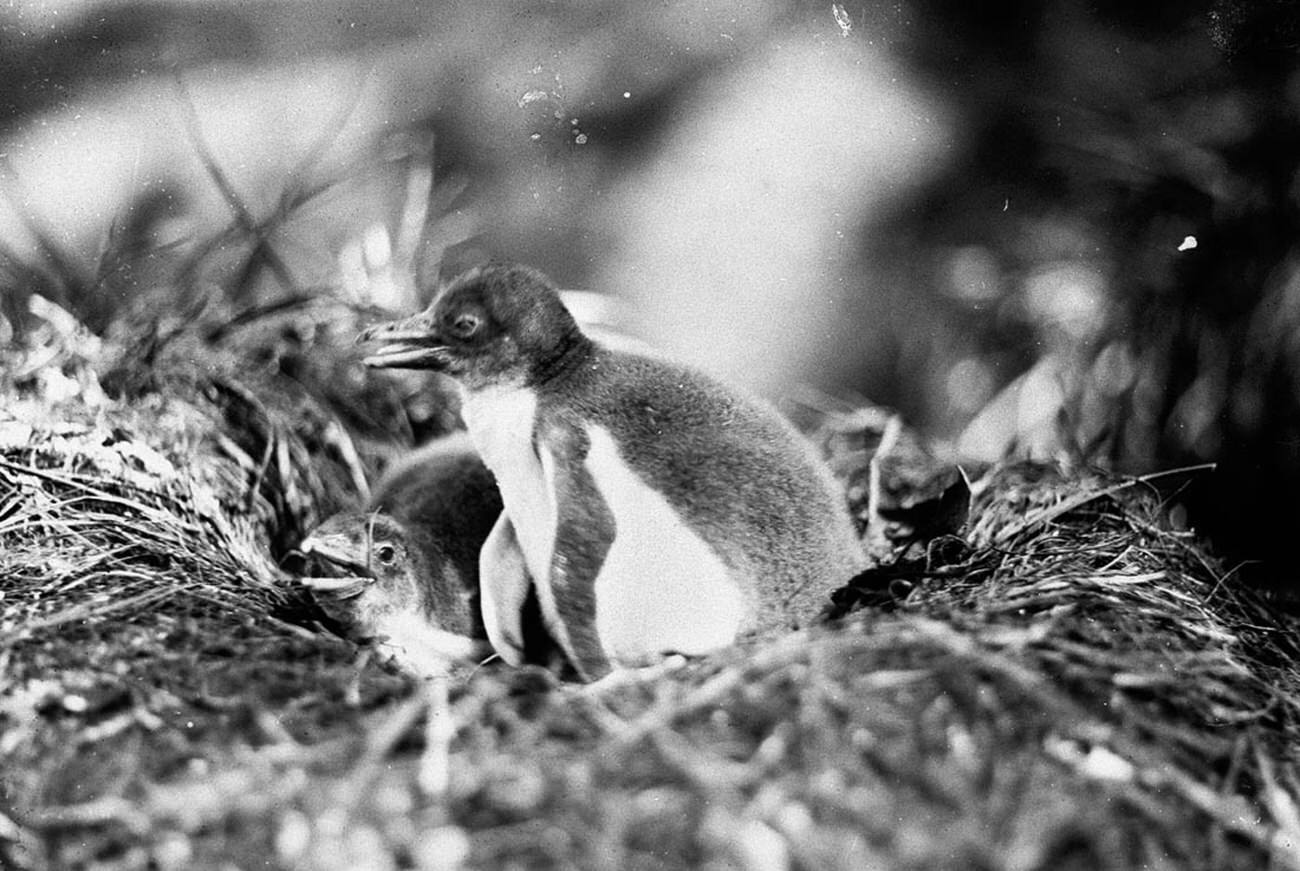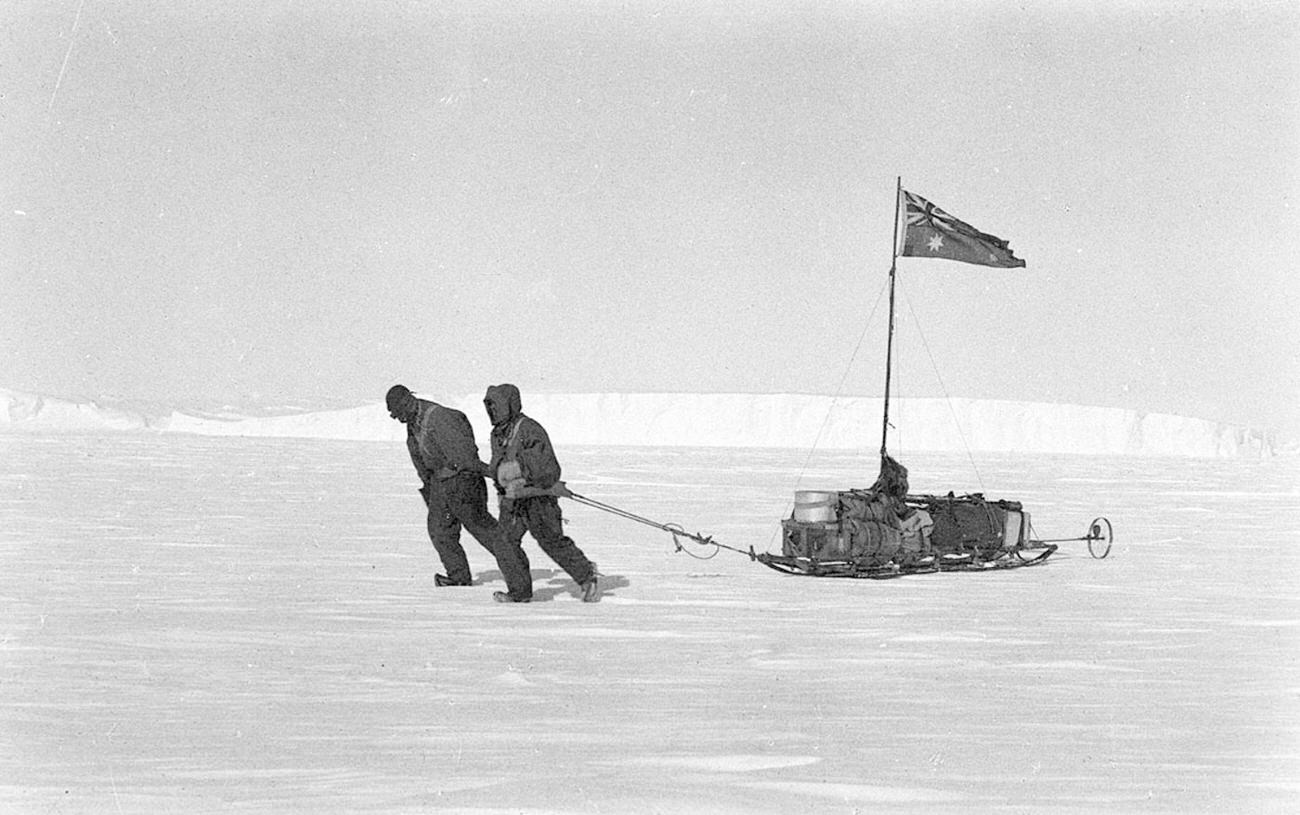In 1911, a remarkable journey began when a group of scientists and adventurers set sail from Hobart, Tasmania. Their leader was Dr. Douglas Mawson, a renowned geologist who was eager to explore the unknown parts of Antarctica. The expedition aimed to study the geology, biology, and meteorology of the region. This adventure would become known as the Australasian Antarctic Expedition.
The team was well-prepared for their journey. They brought along various scientific instruments and supplies necessary for their research. The expedition included geologists, biologists, and photographers. One of the most important members was James Francis (Frank) Hurley, the official photographer of the expedition. Hurley was known for his exceptional skills in capturing stunning images, and he played a key role in documenting the journey.
As the ship, the ‘SY Aurora’, left Hobart, the excitement was palpable. The crew and scientists were eager to see the remote landscapes of Antarctica and learn from them. Their first stop was Macquarie Island, a sub-Antarctic island that served as a base for their research. The island was rich in wildlife, including seals and penguins. Hurley captured many of these moments, showing the vibrant life that thrived in such harsh conditions.
Upon arriving at Macquarie Island, the team set up their base camp. They established a station where they could conduct their research. The photographs from this time show the rugged terrain, with rocky shores and green patches of grass. The contrast between the land and the ocean was striking. Hurley’s images highlighted both the beauty and the challenges of the island’s environment.
Read more
After their work on Macquarie Island, the expedition moved further south into Antarctica. This part of the journey was particularly thrilling, as the team explored uncharted territories. They encountered massive icebergs and towering glaciers, creating breathtaking views. Hurley’s photographs captured these icy landscapes, showcasing the dramatic blue tones of the ice against the stark white of the snow.
One of the most remarkable aspects of Hurley’s photography was his ability to convey the harshness of the Antarctic climate. The images depict the crew bundled in heavy clothing, battling strong winds and freezing temperatures. Even in these tough conditions, they continued their work with determination. Hurley’s photos reflect their spirit of adventure and commitment to science.
The scientists collected valuable data during their expedition. They studied rock formations, ice cores, and weather patterns. This research contributed significantly to the understanding of the Antarctic region. Their findings later played a role in establishing territorial claims, which were formalized in 1936 as the Australian Antarctic Territory.
In addition to Hurley, other members of the expedition also took photographs. These images provide a broader view of life in Antarctica during that time. They show the camaraderie among the crew, as they worked together in a challenging environment. Group photos reveal the faces of the men who endured the cold and isolation, united by a common goal.
The photographs also highlight the wildlife encountered during the journey. Penguins waddling on the ice and seals lounging on rocky shores were frequent subjects. These images of animals in their natural habitats emphasize the richness of life in such a desolate place.
As the expedition continued, the crew faced numerous challenges. They had to deal with unpredictable weather, treacherous ice conditions, and limited supplies. Hurley documented these struggles, showing the resilience of the team. His images captured both the triumphs and the trials of their adventure.
The expedition lasted several months, and the team gathered a wealth of information. The photographs taken during this time serve as a historical record of early Antarctic exploration. They provide a glimpse into a world that was largely unknown at the time. The images reflect the spirit of curiosity and exploration that drove the scientists forward.


